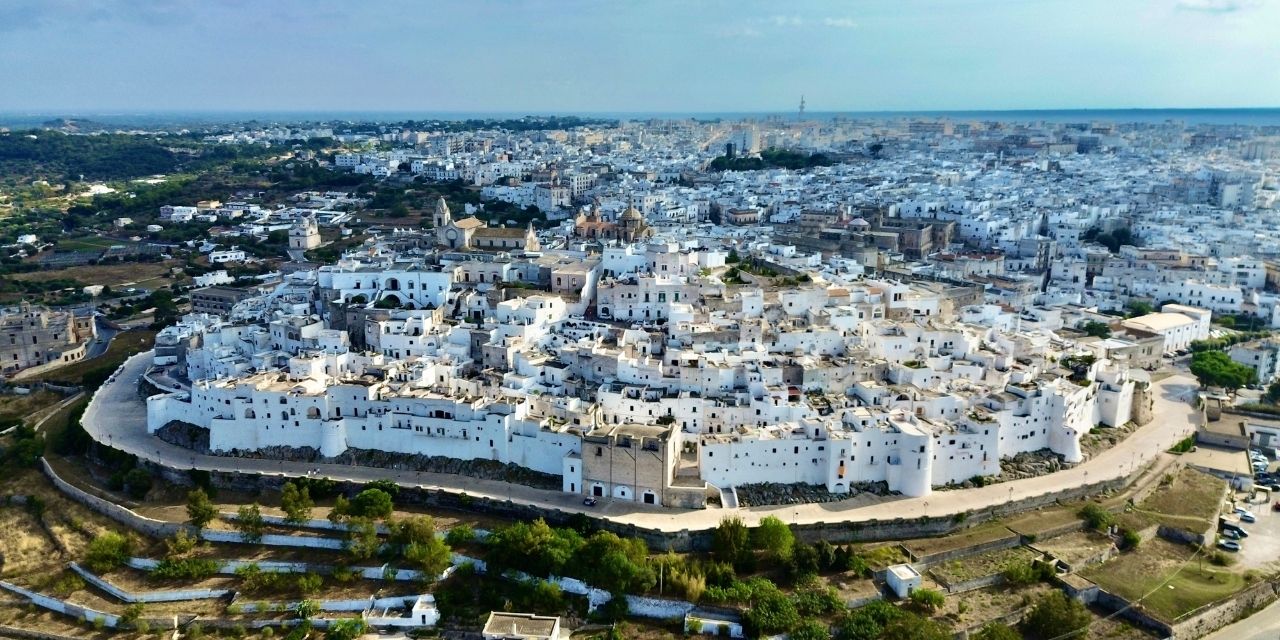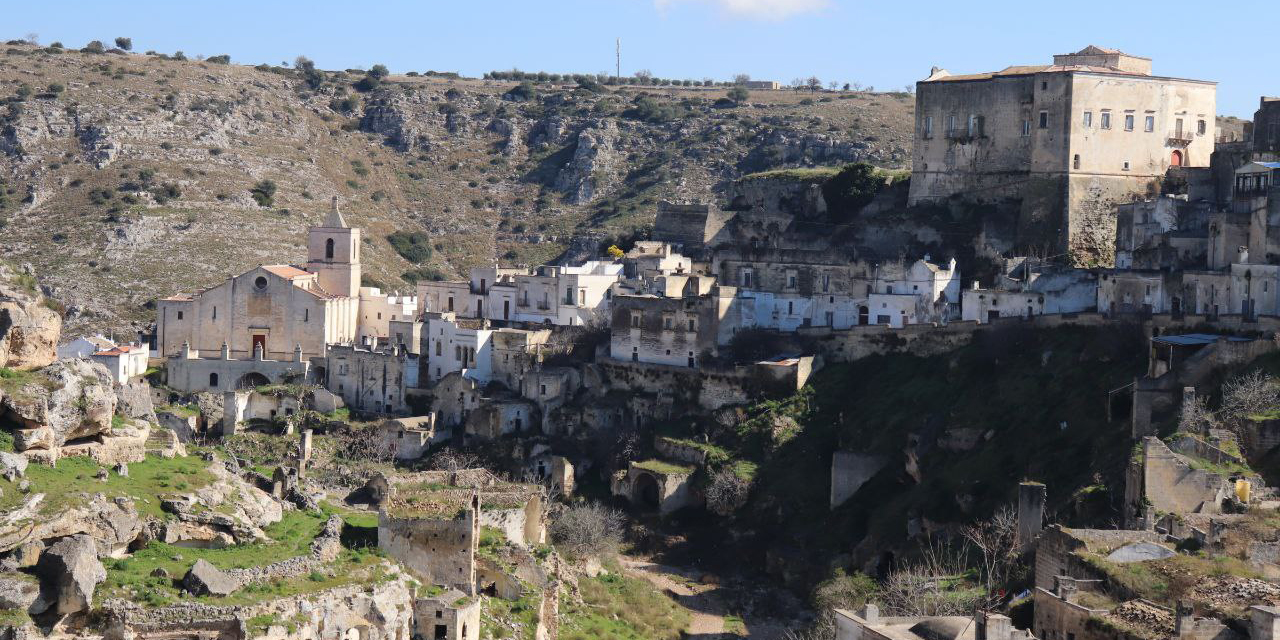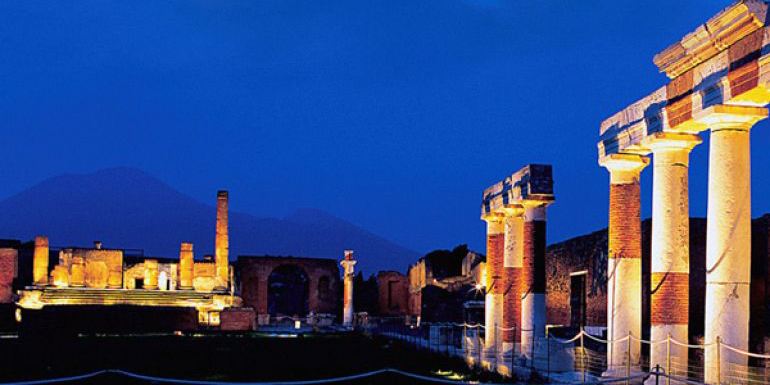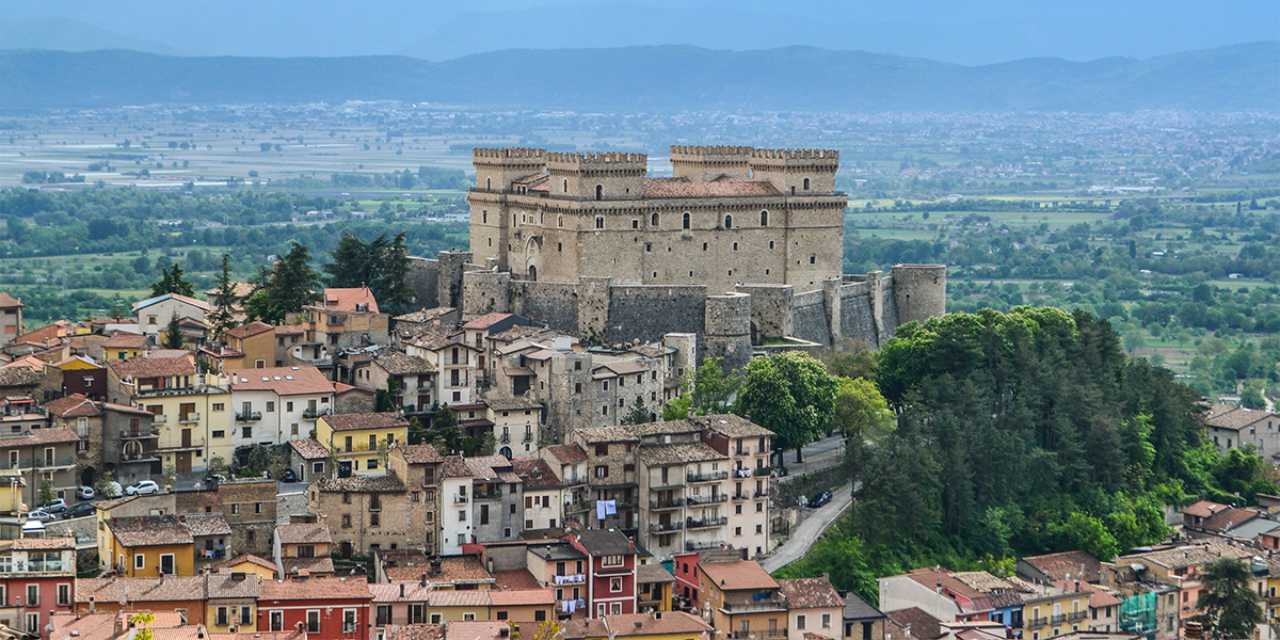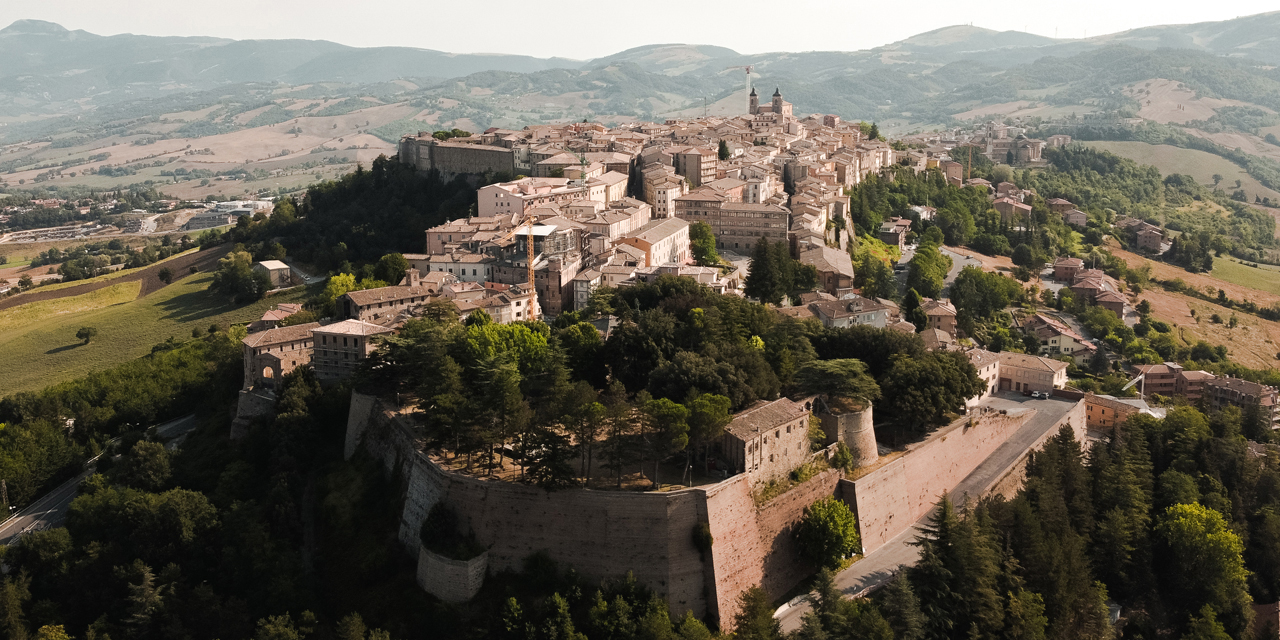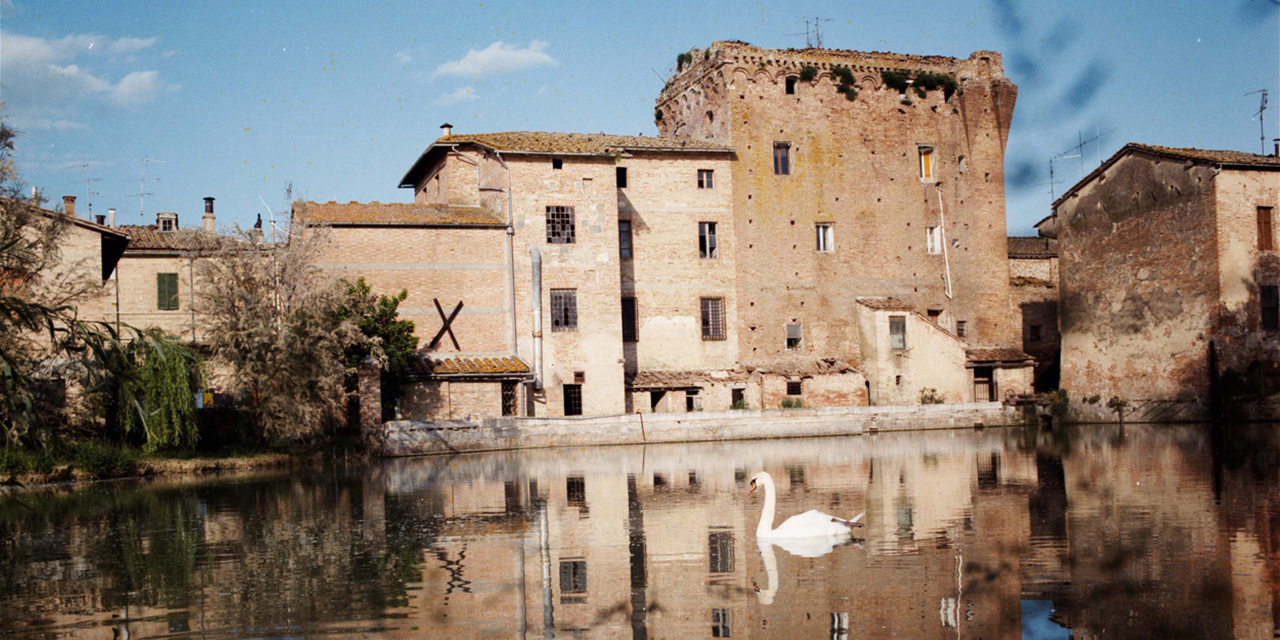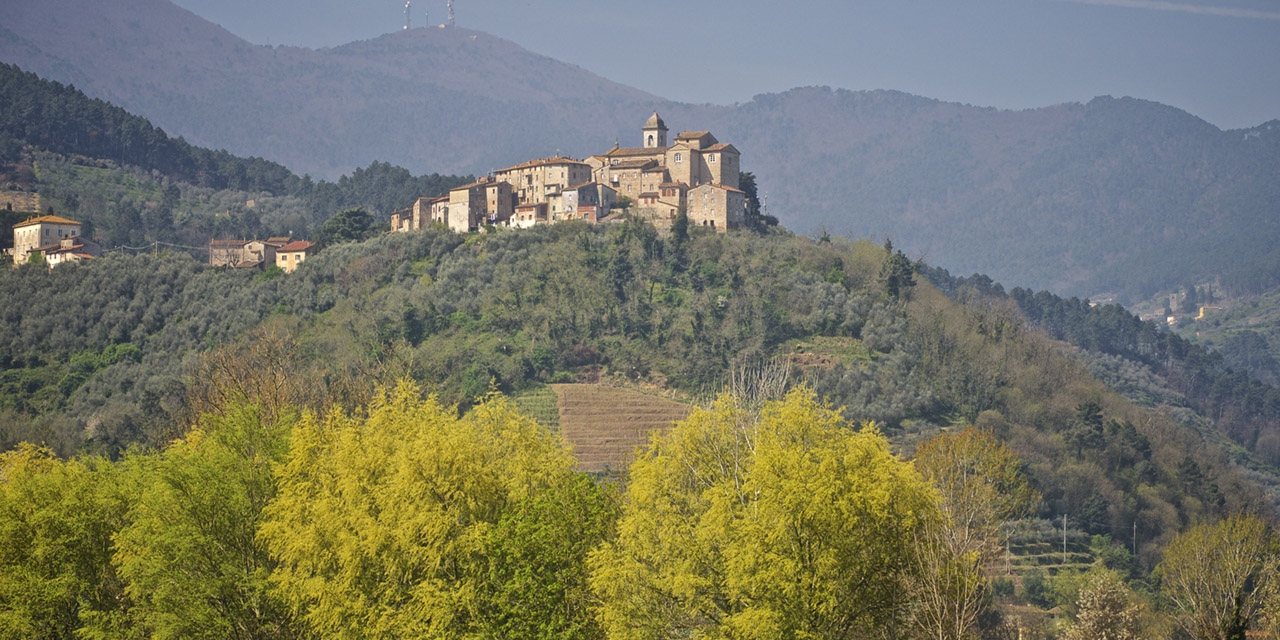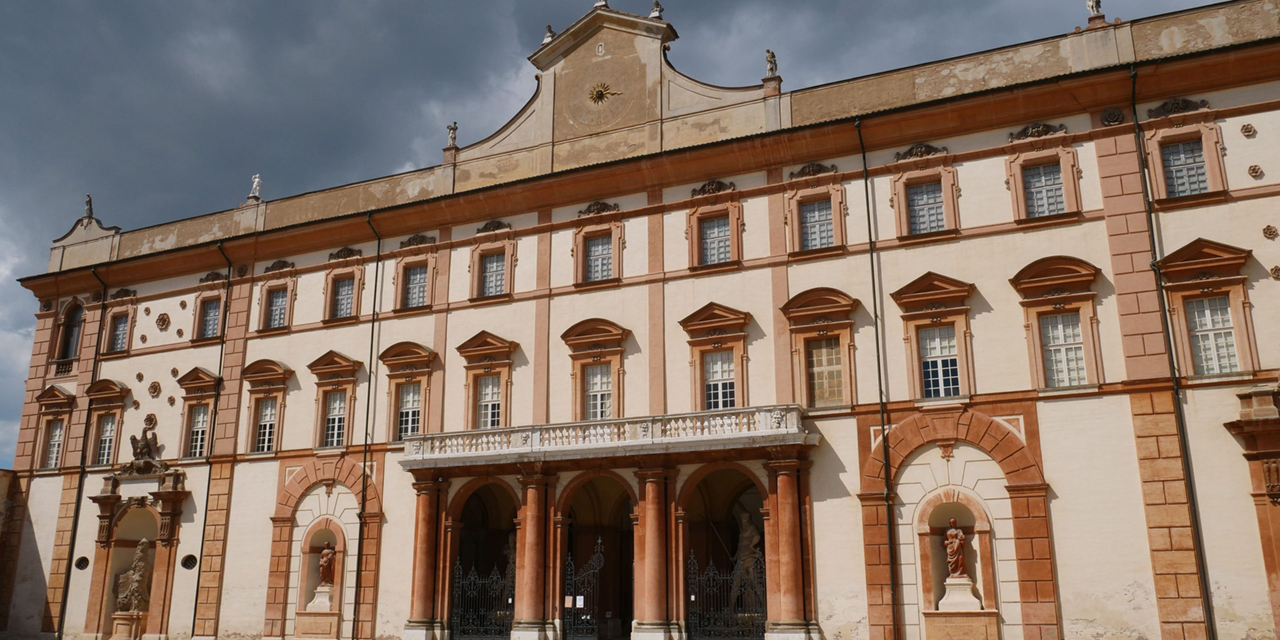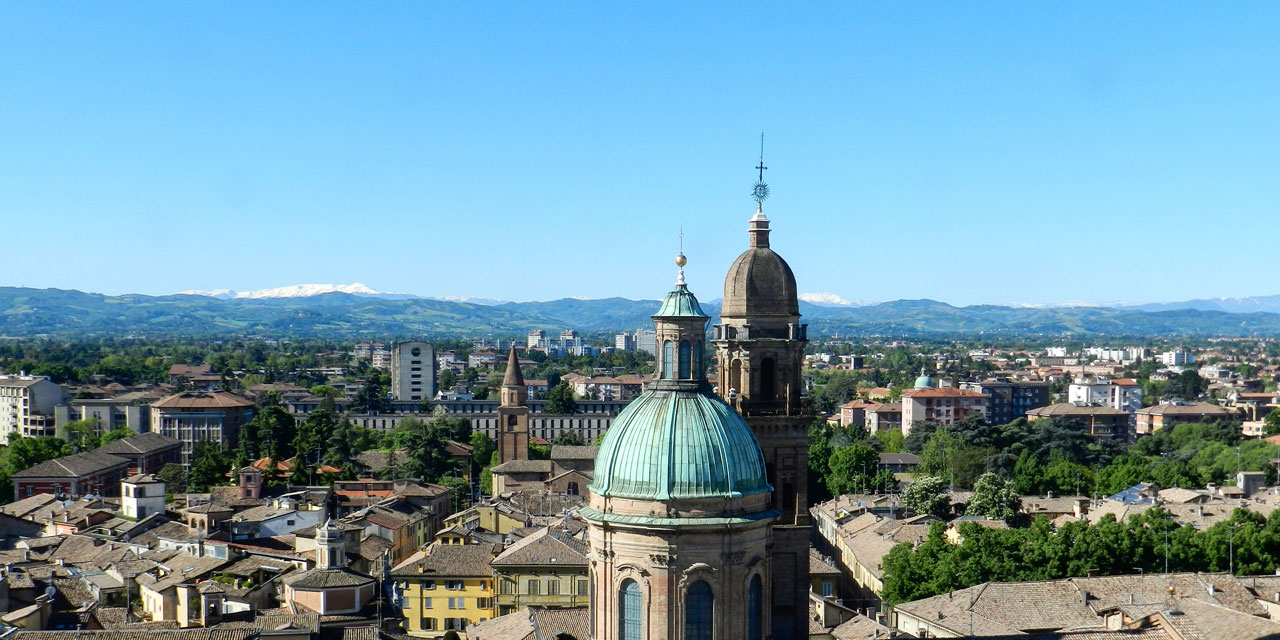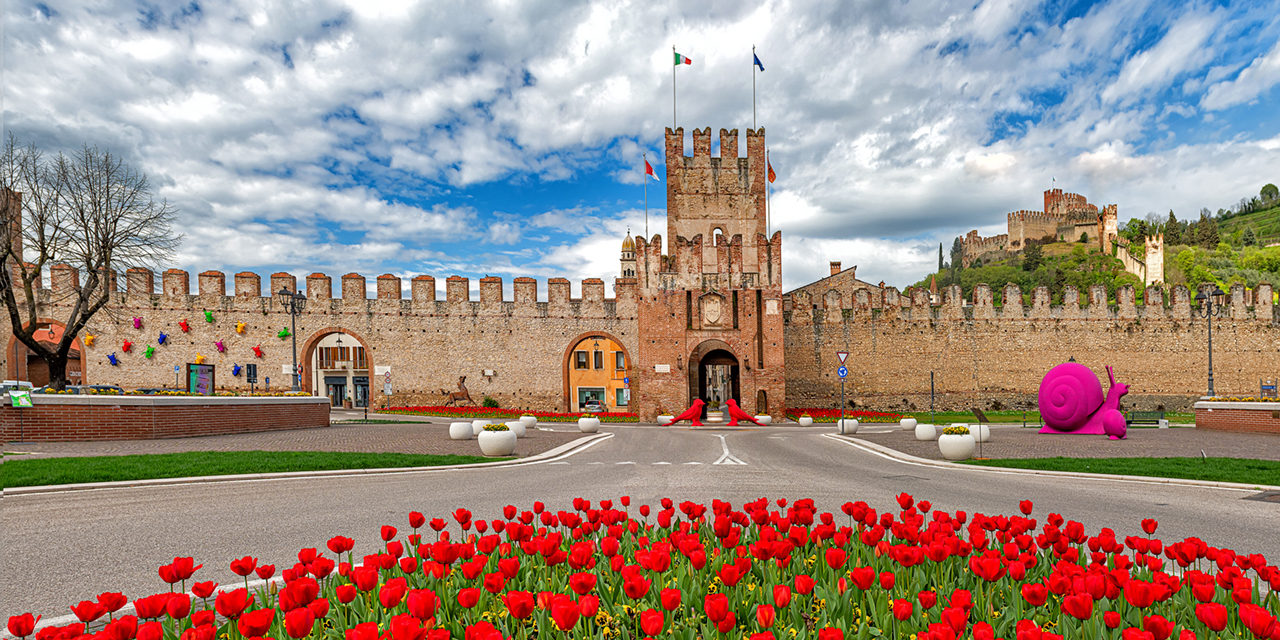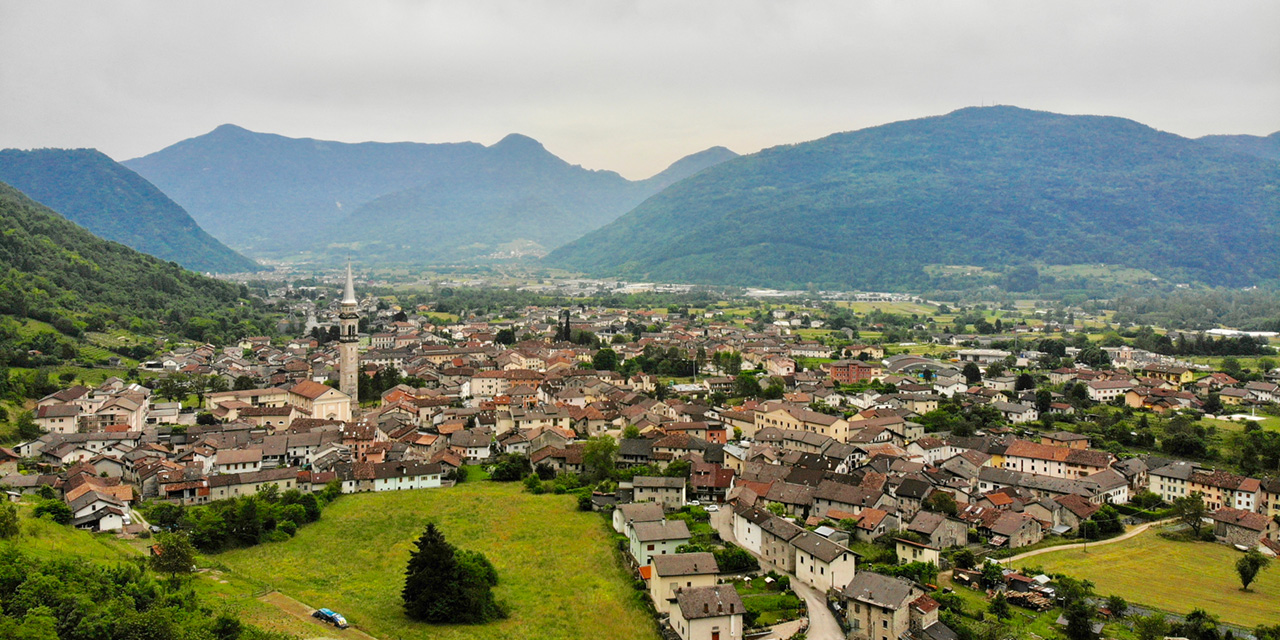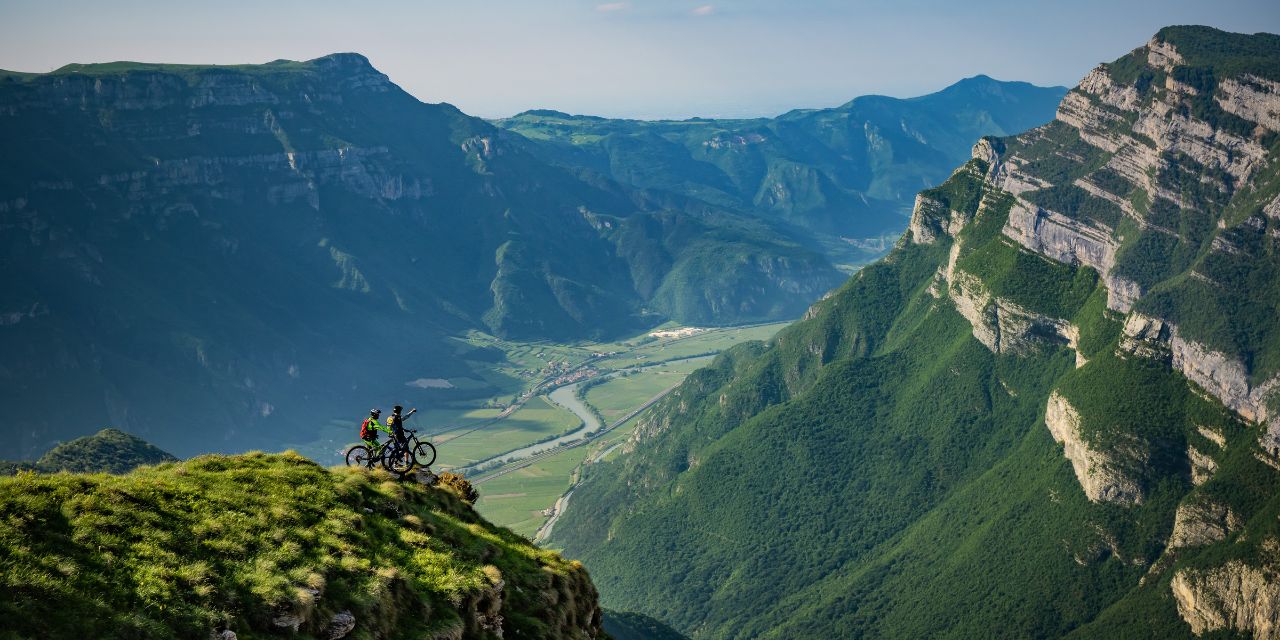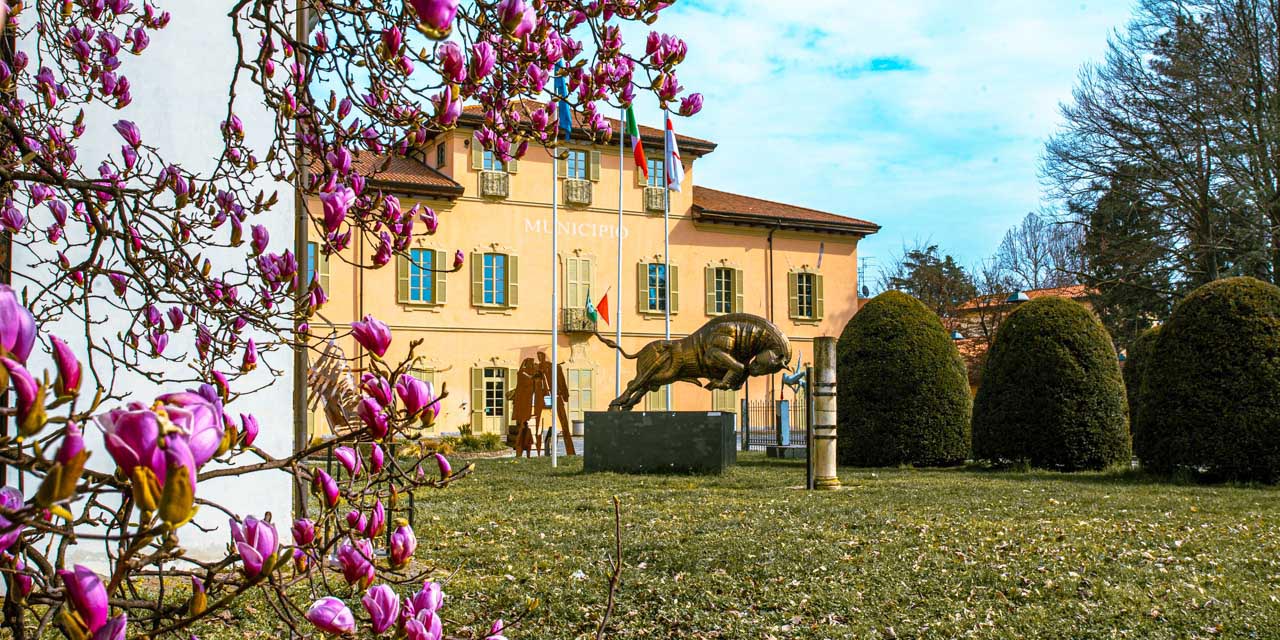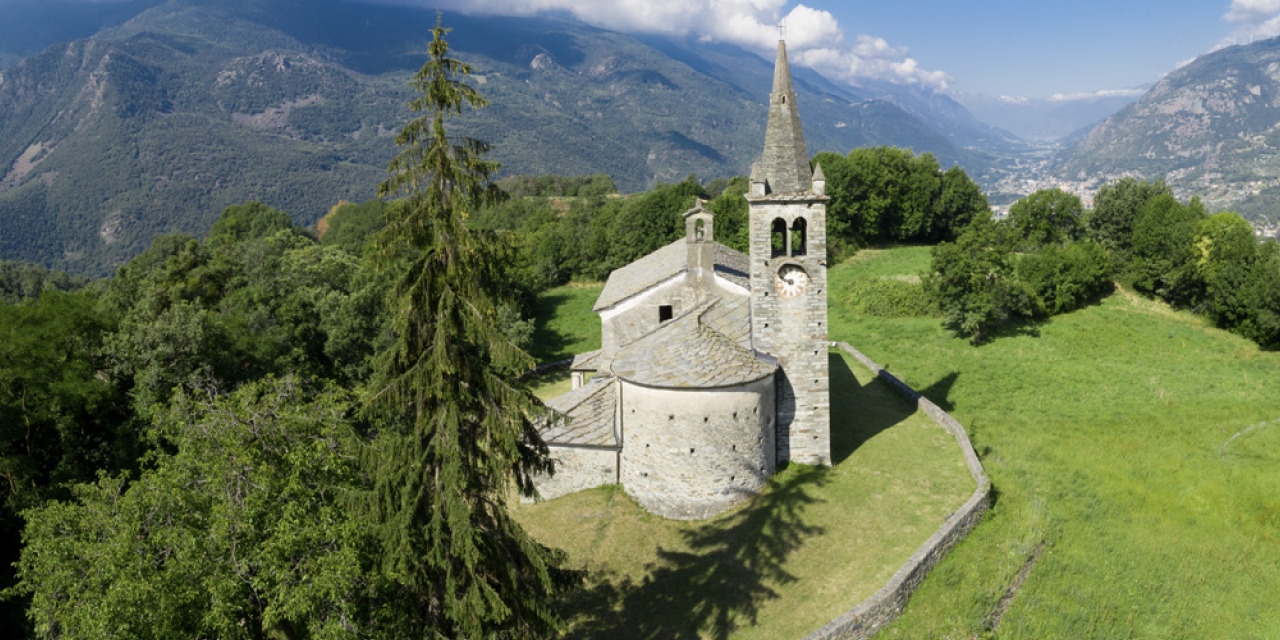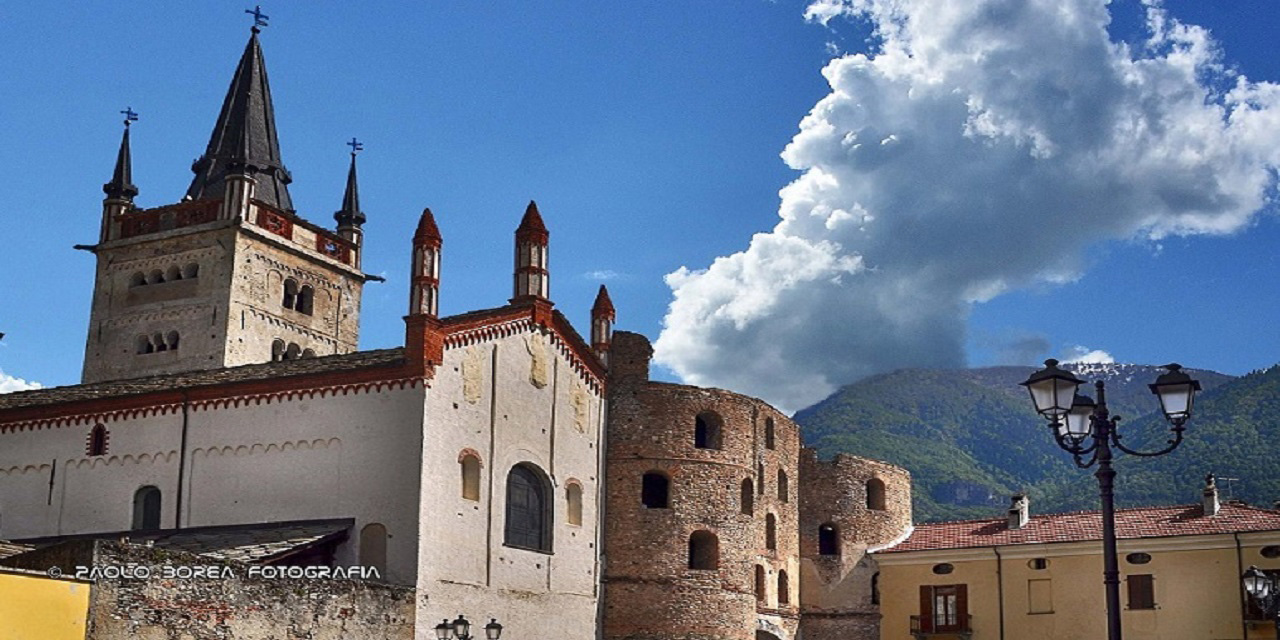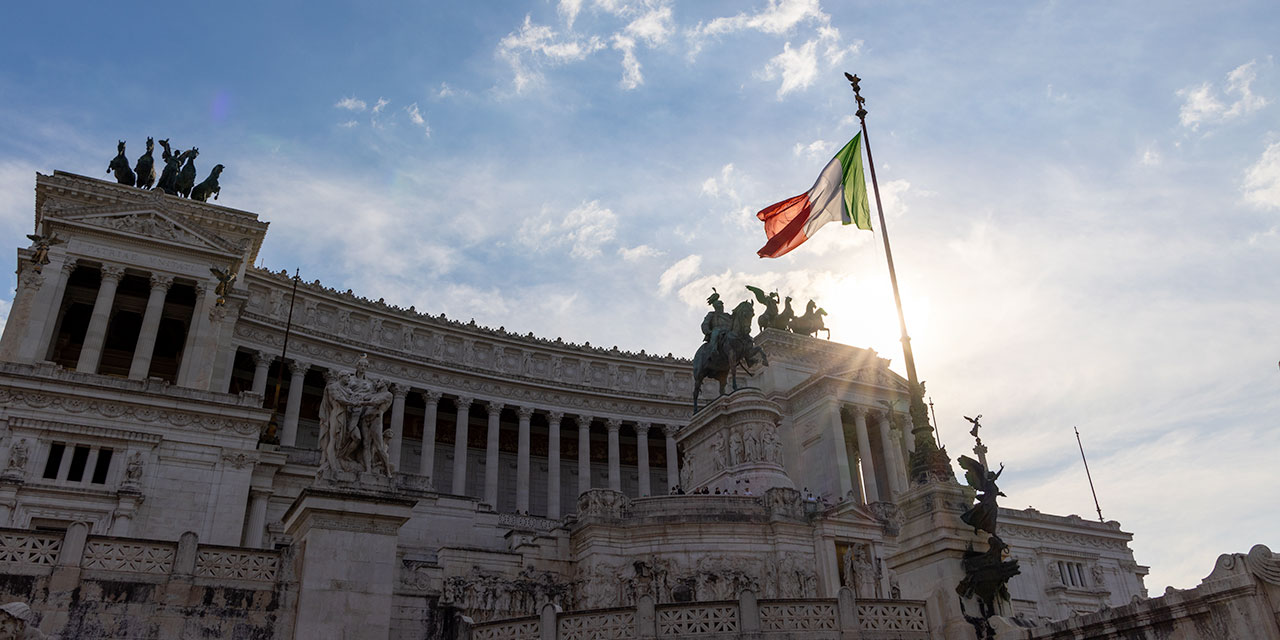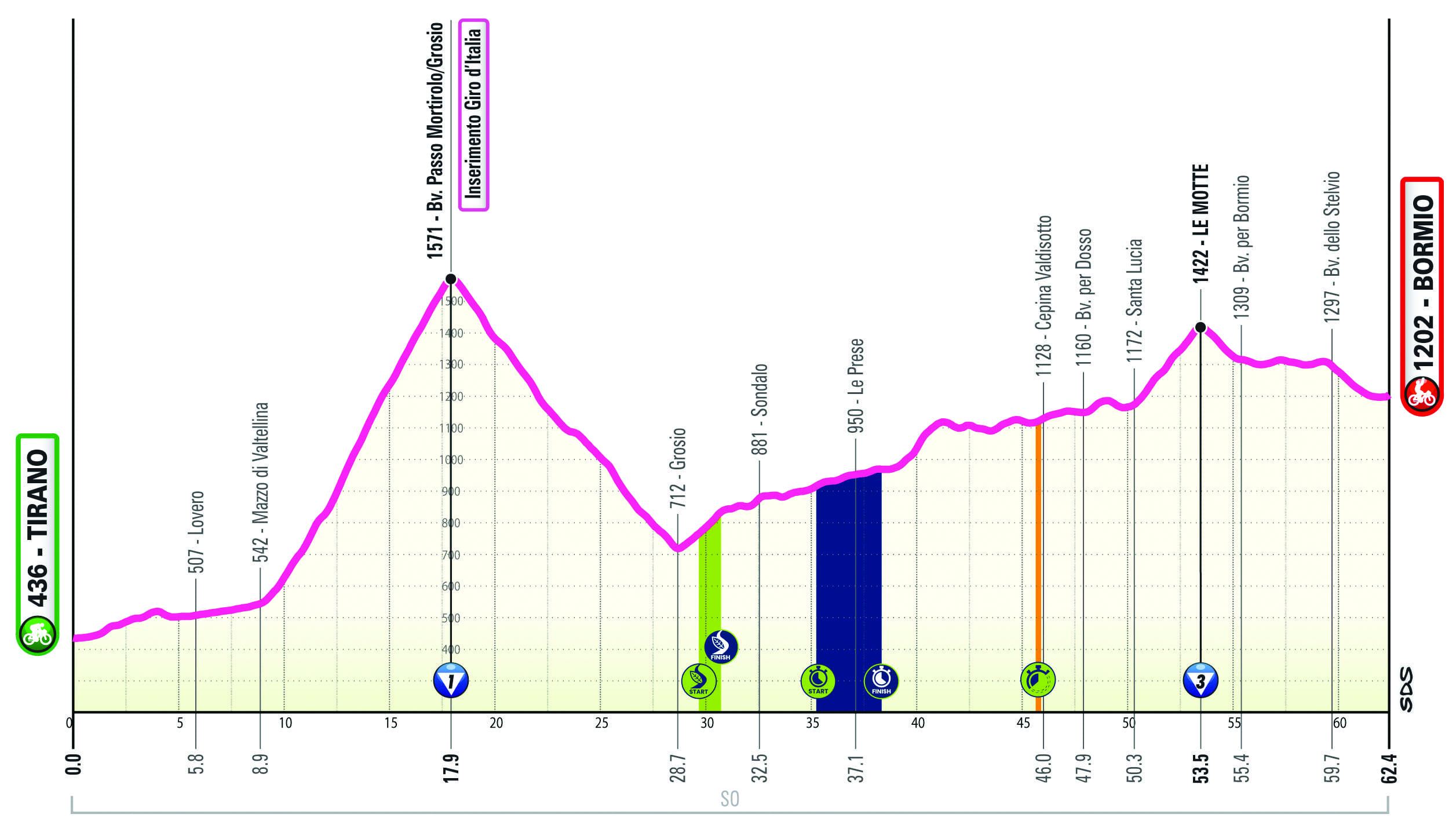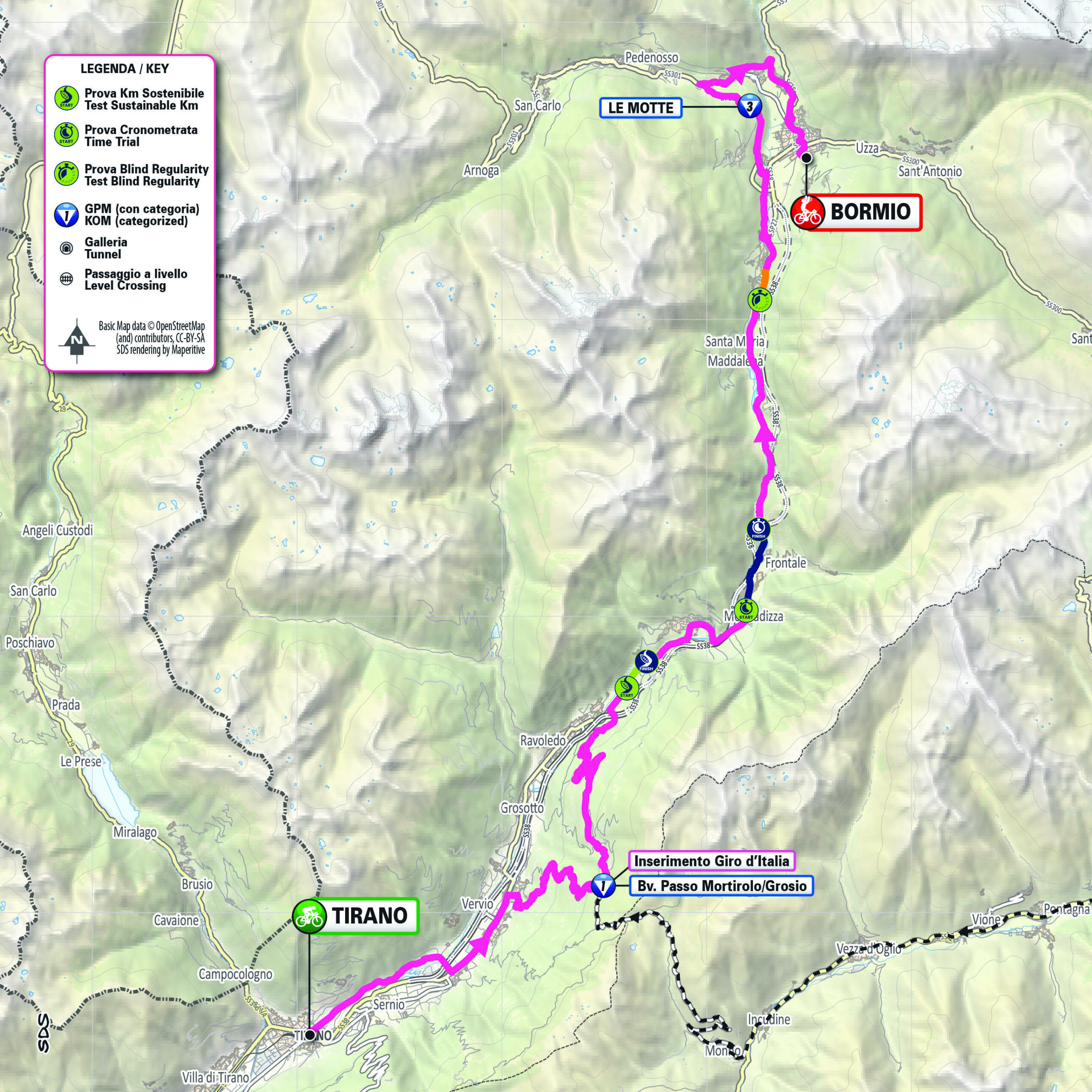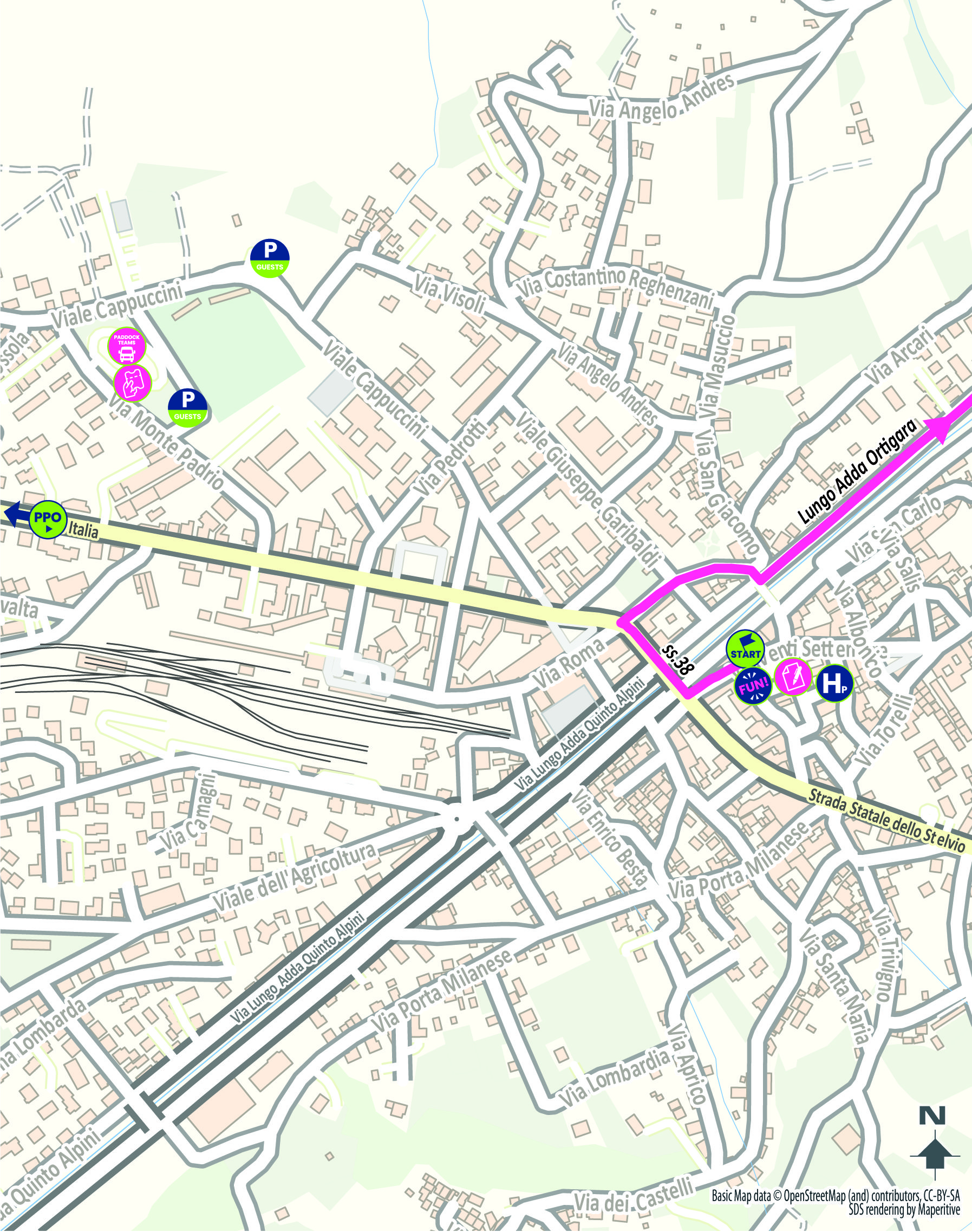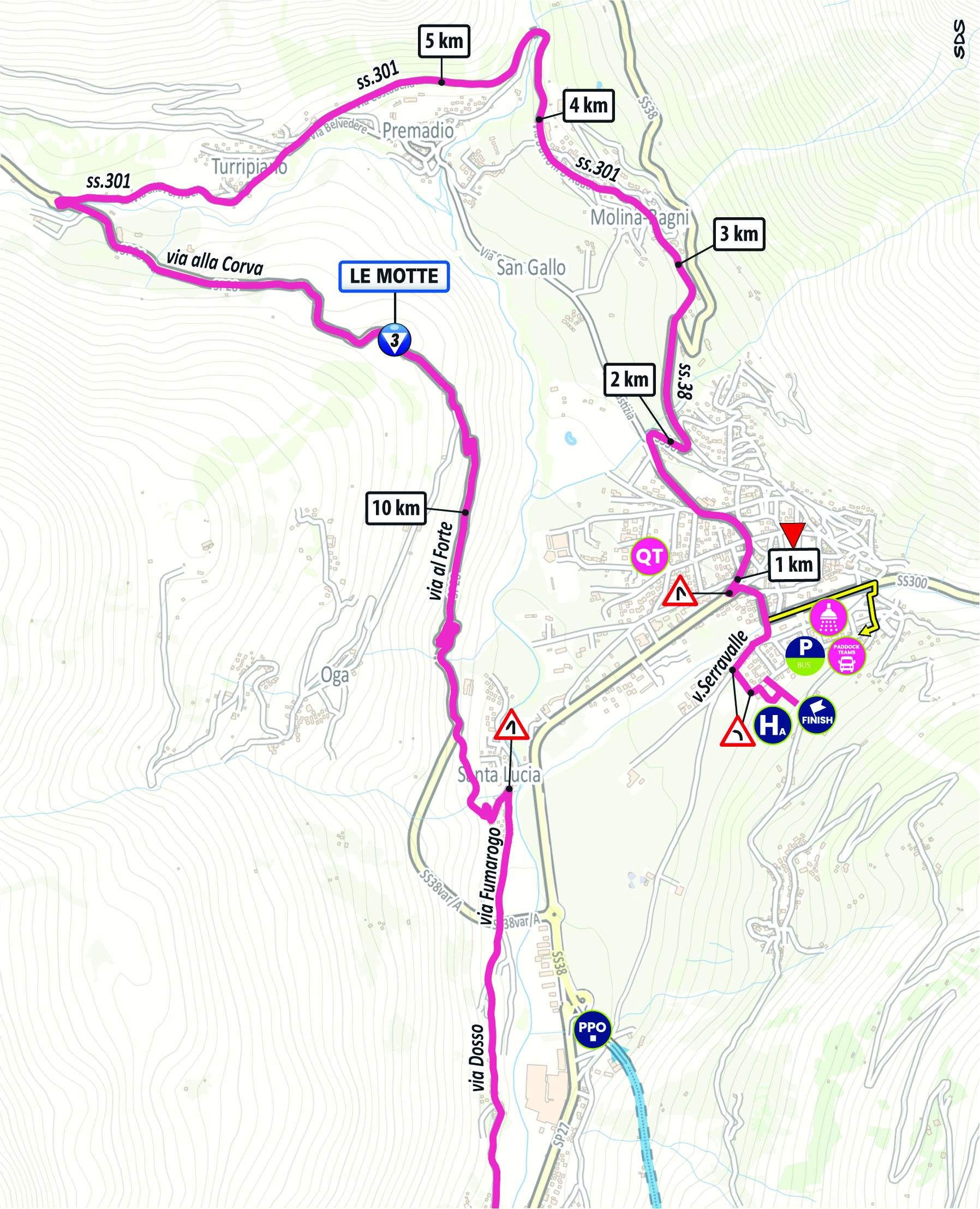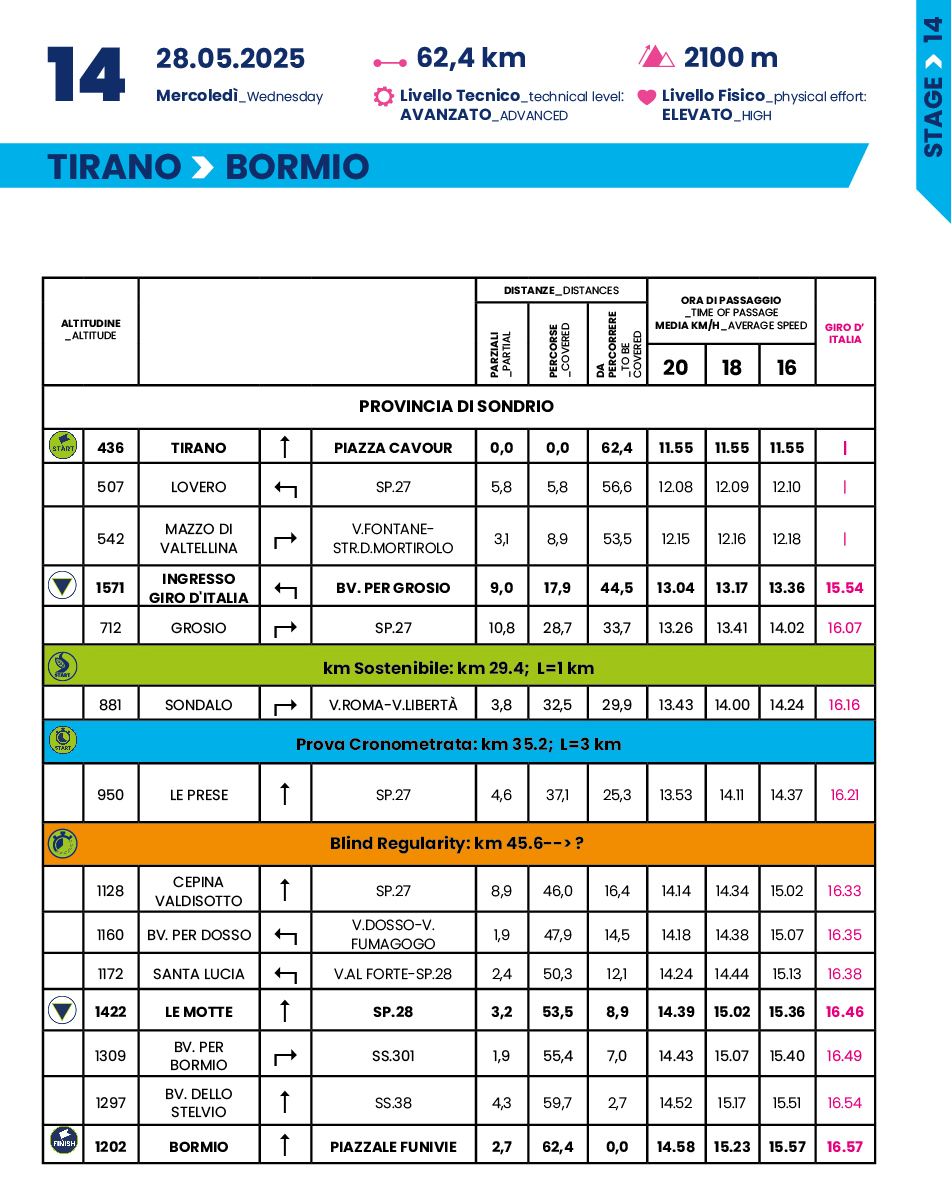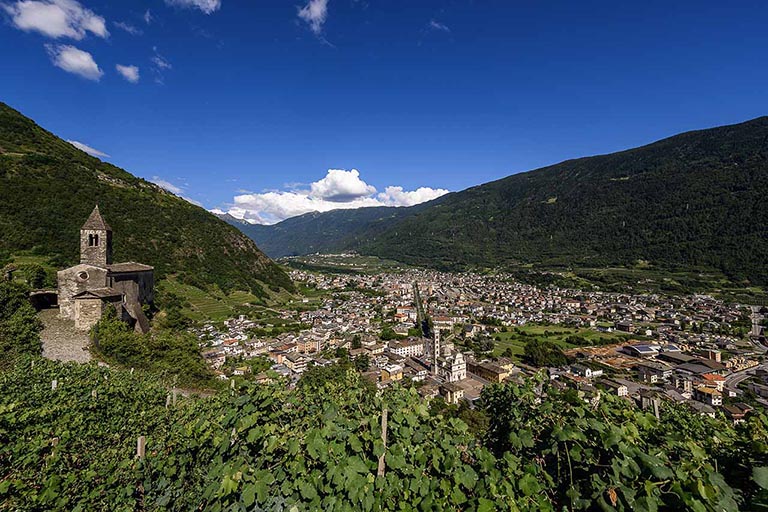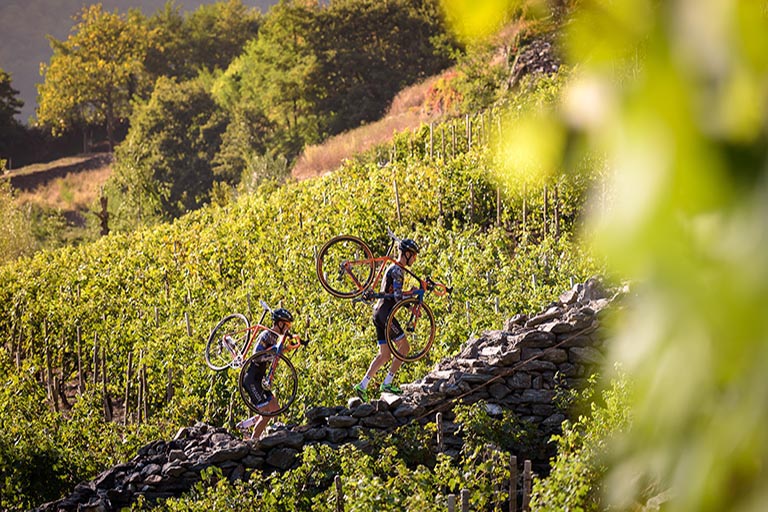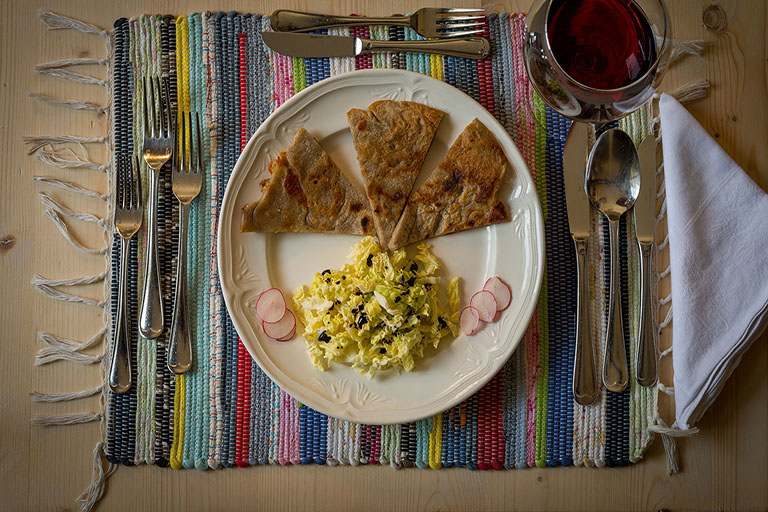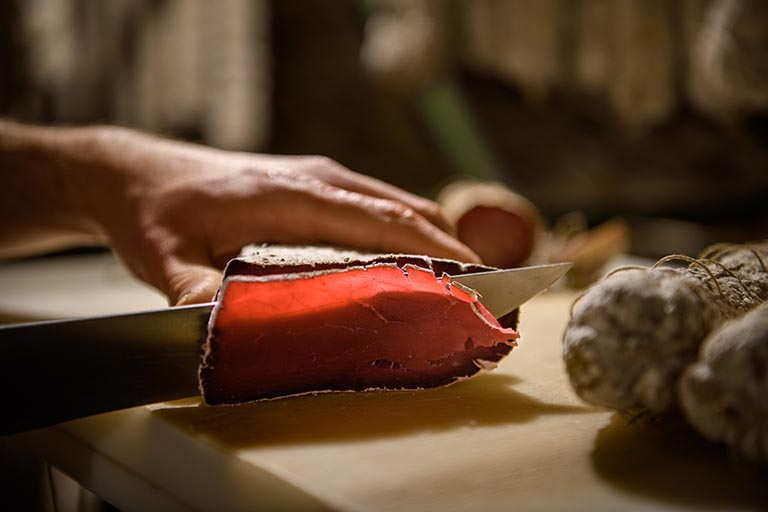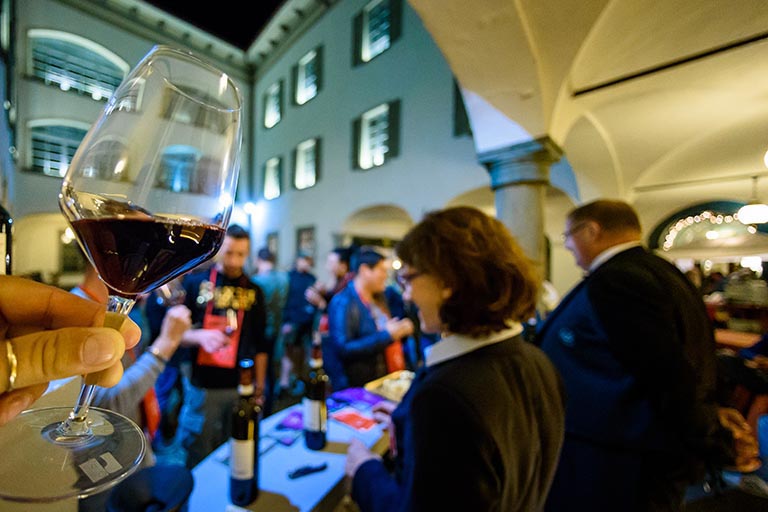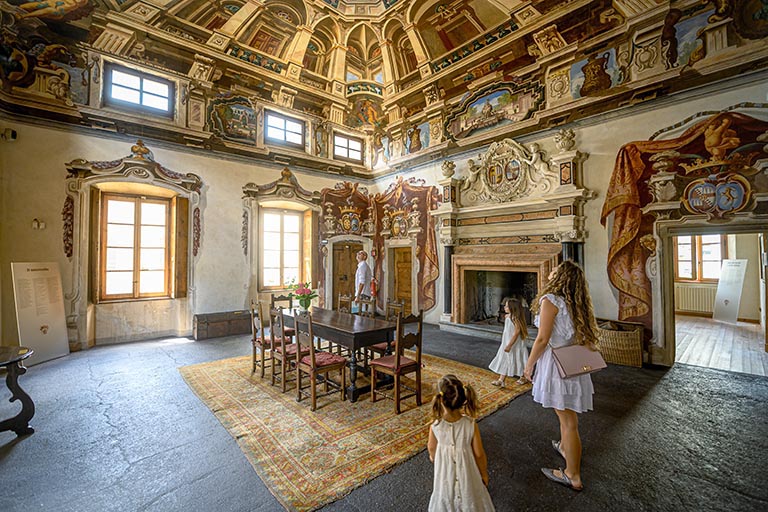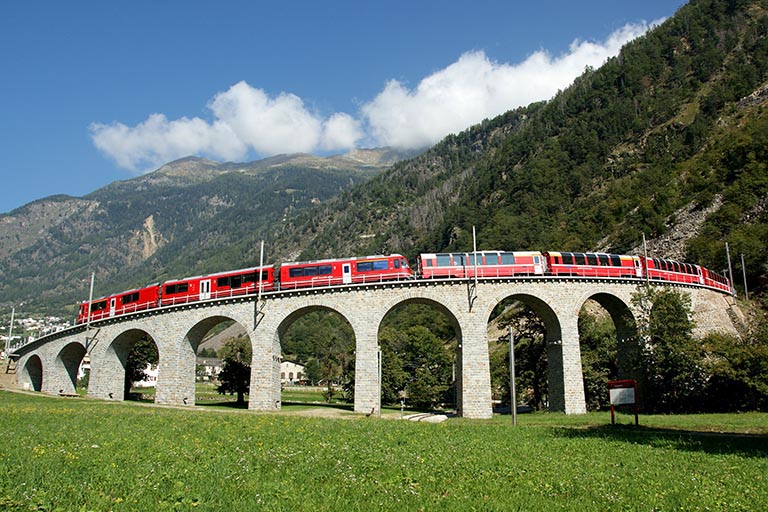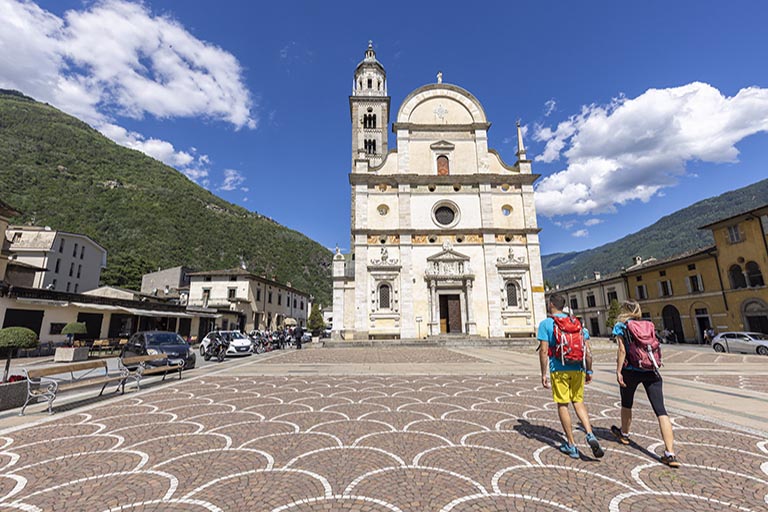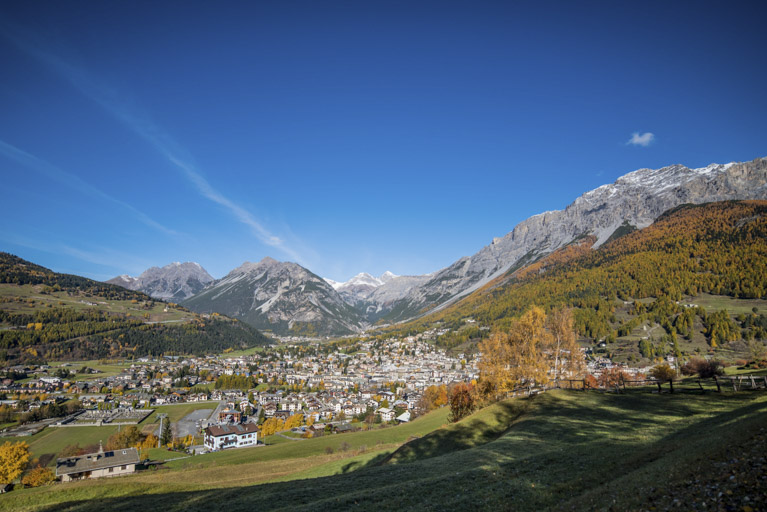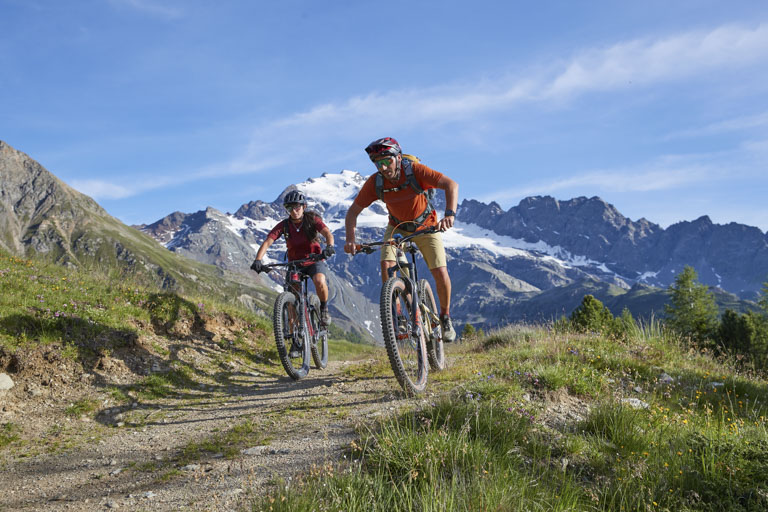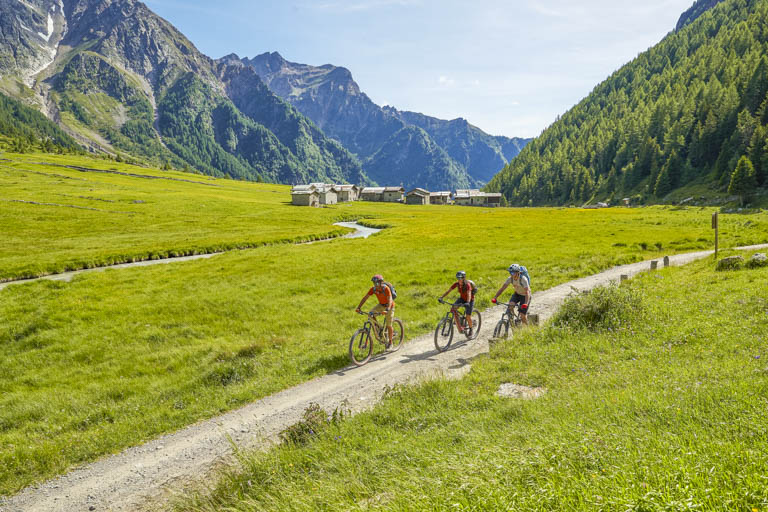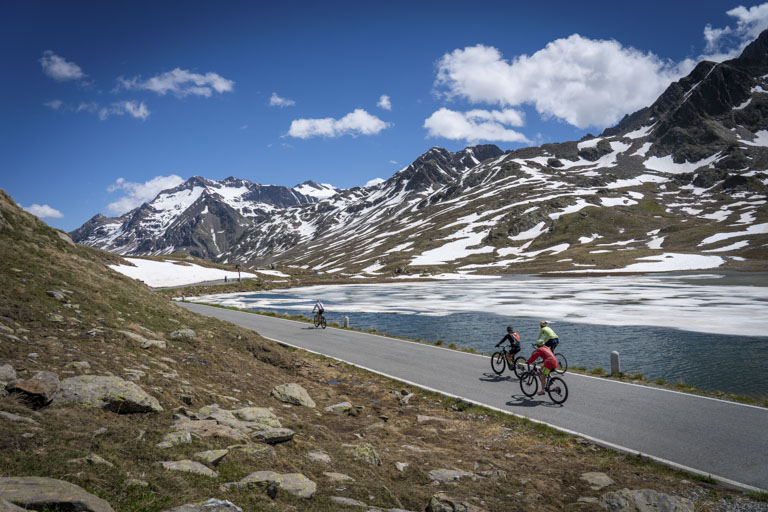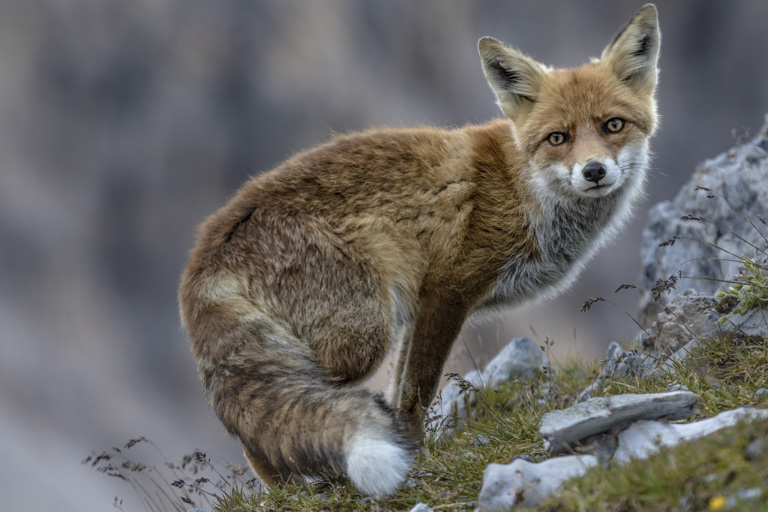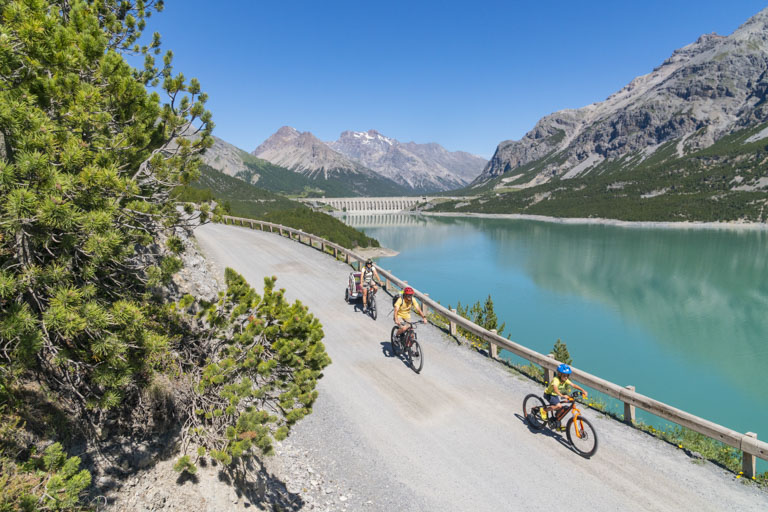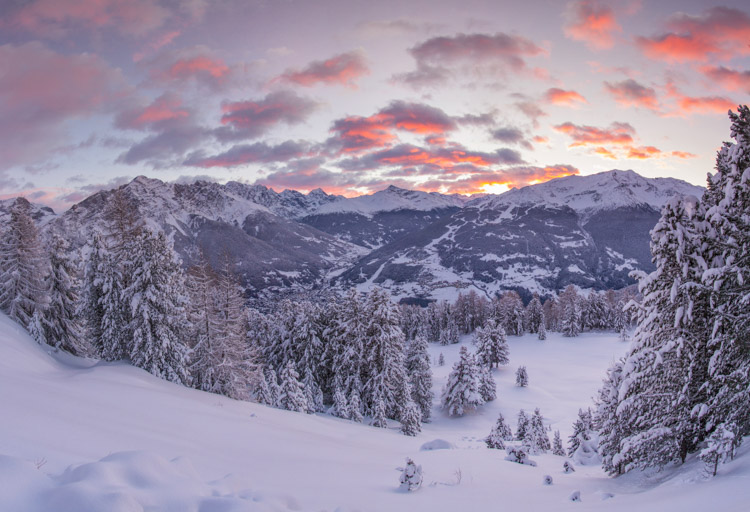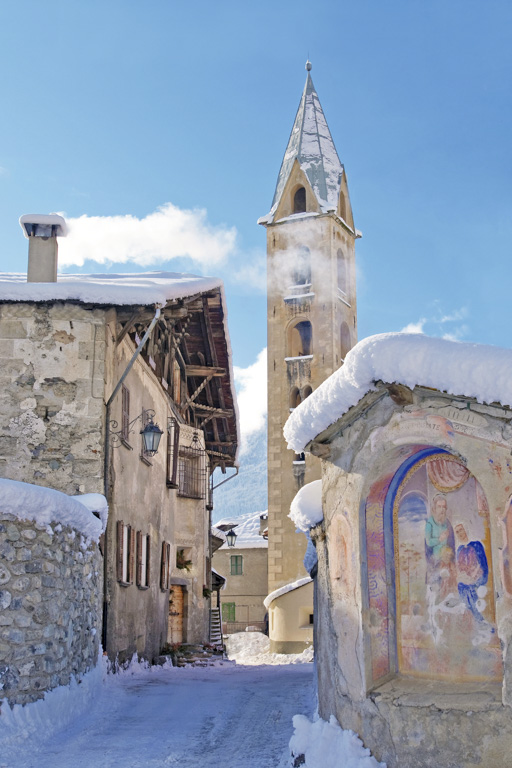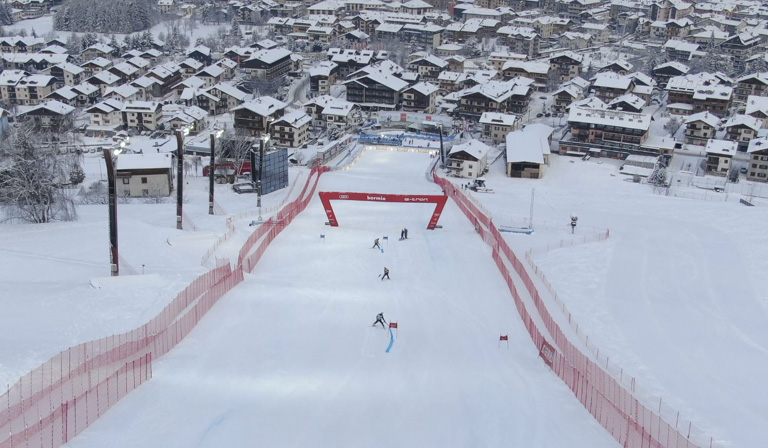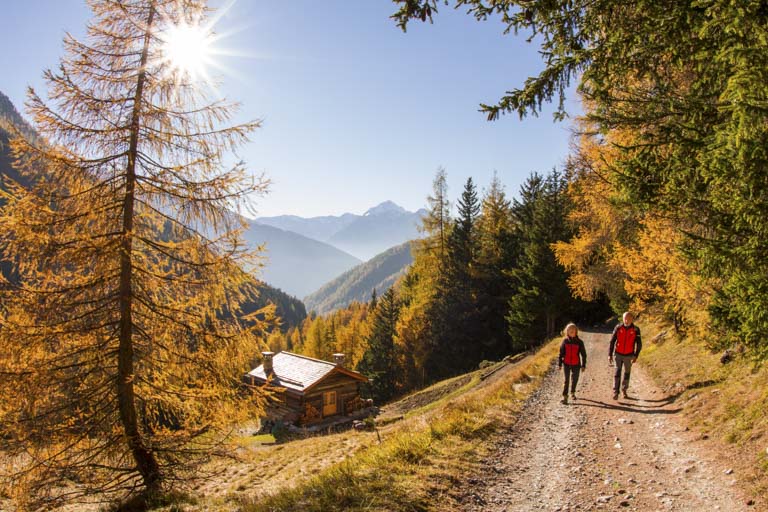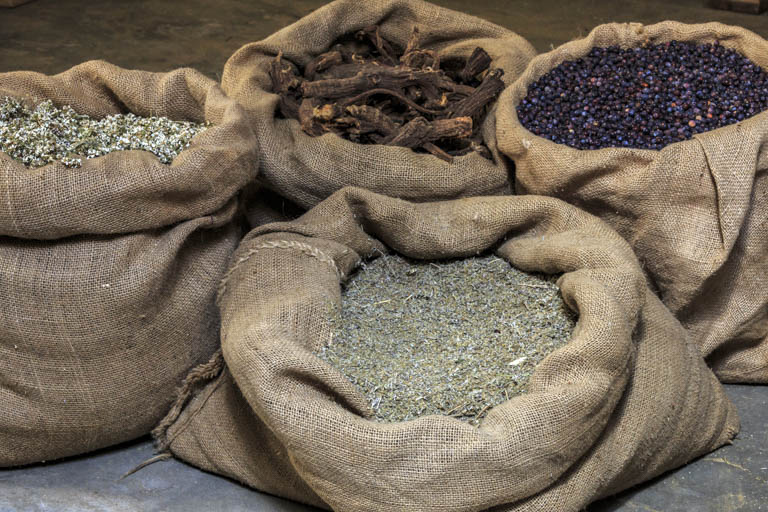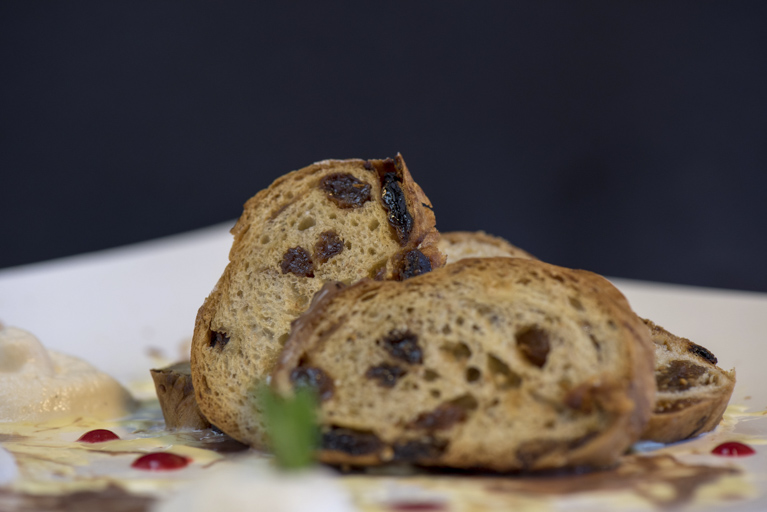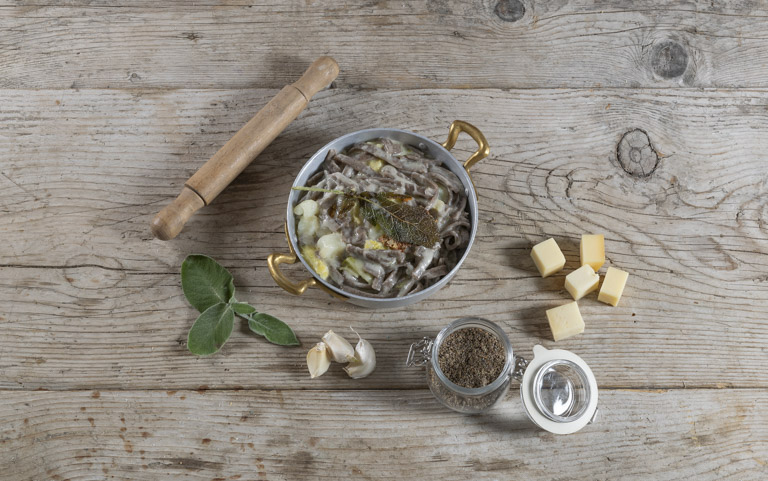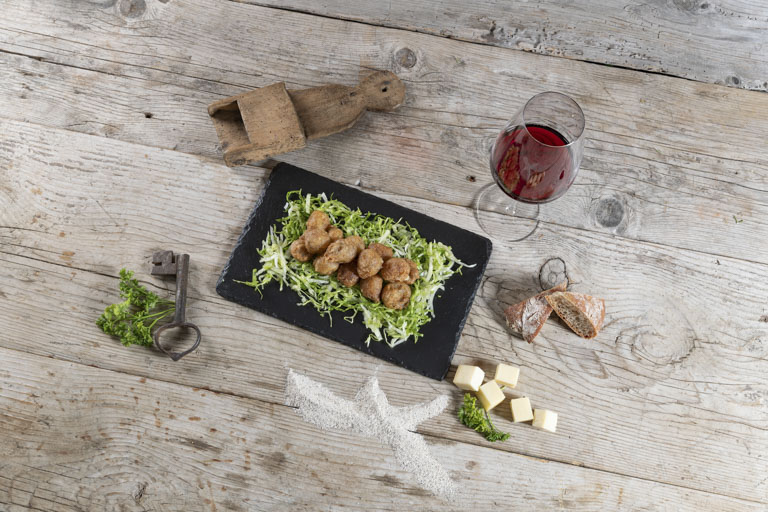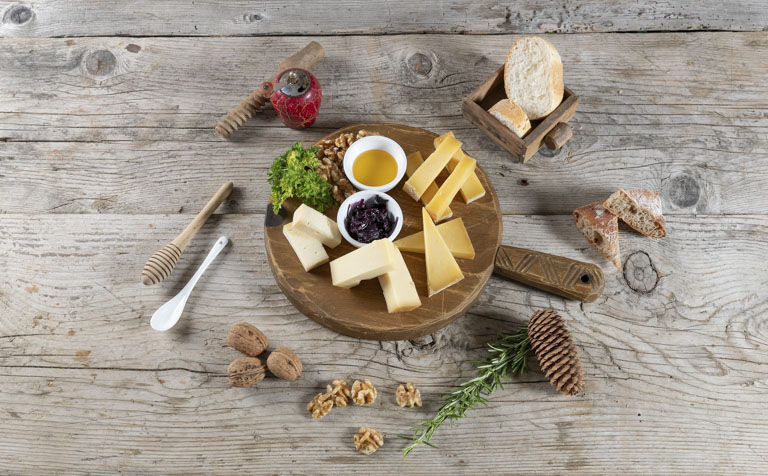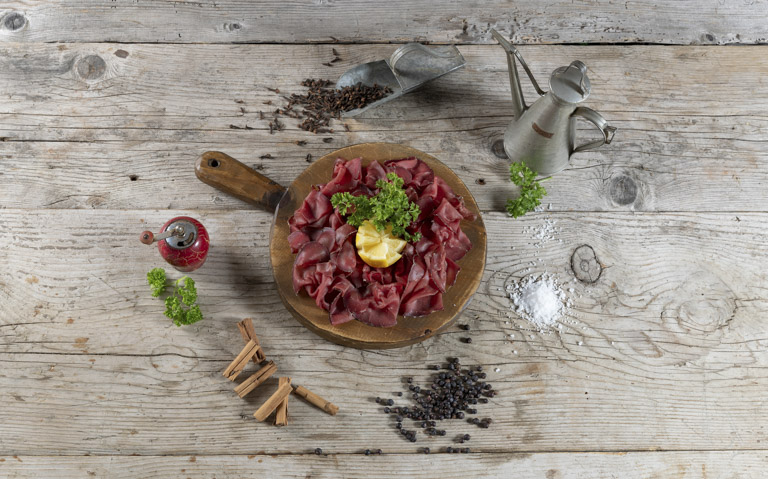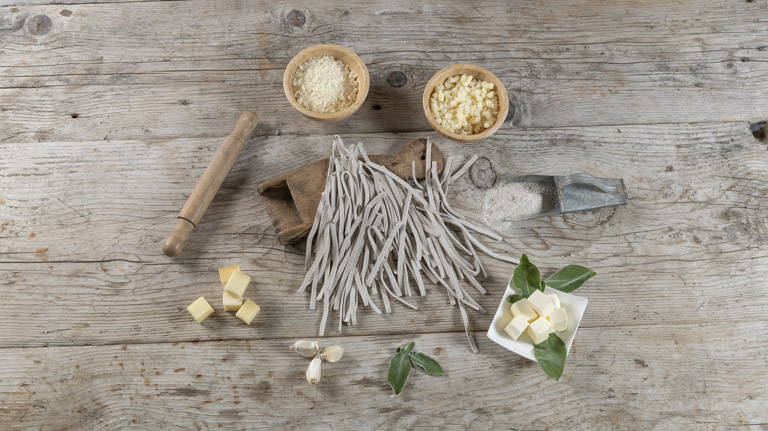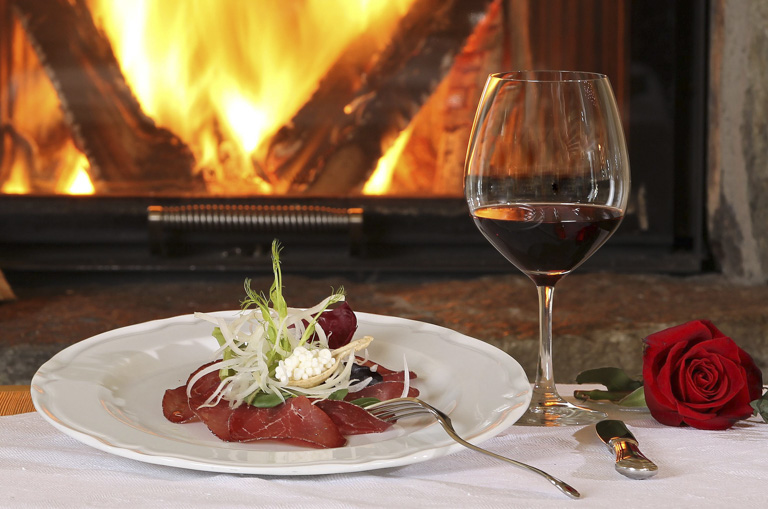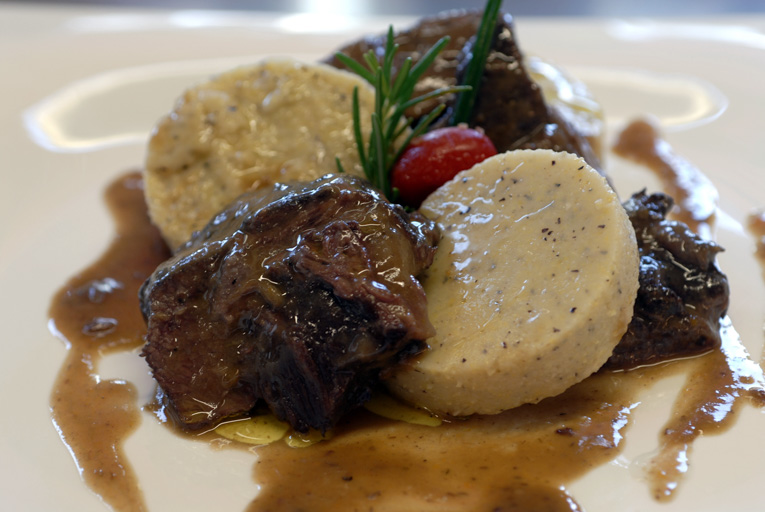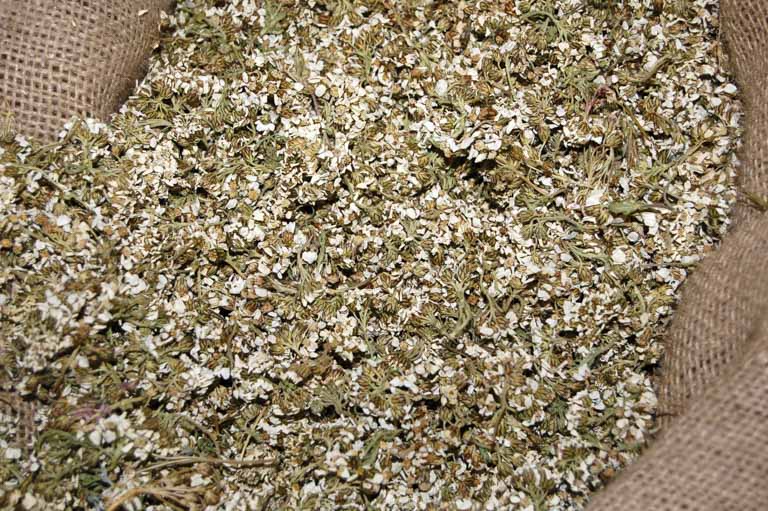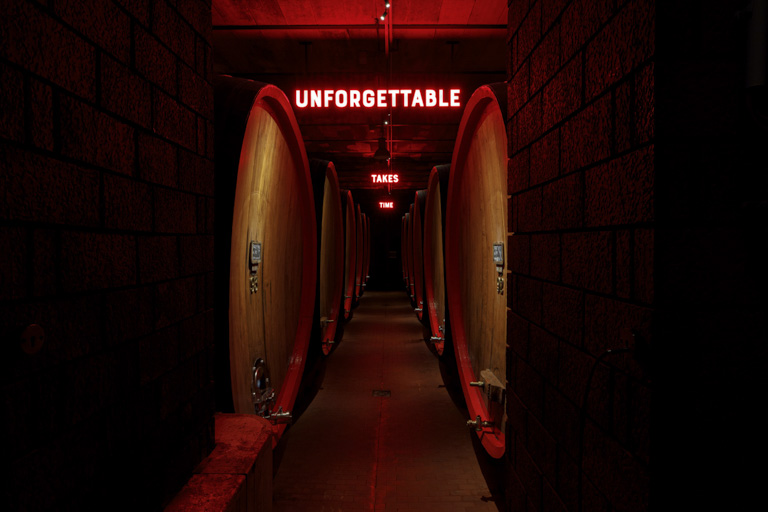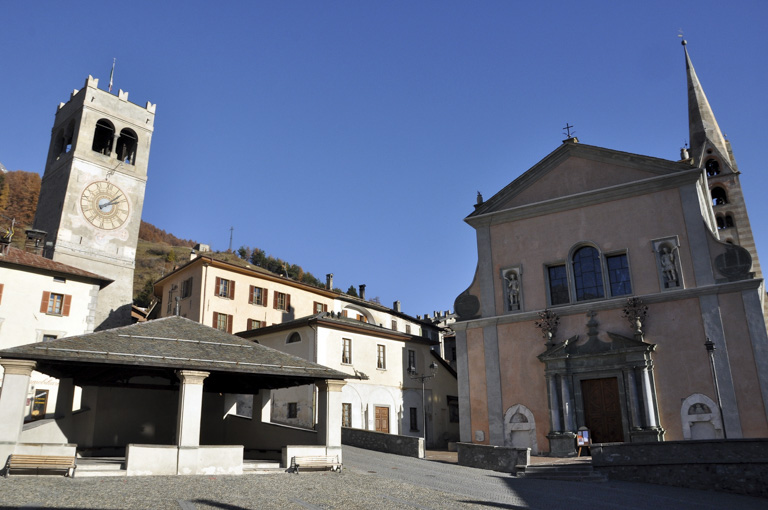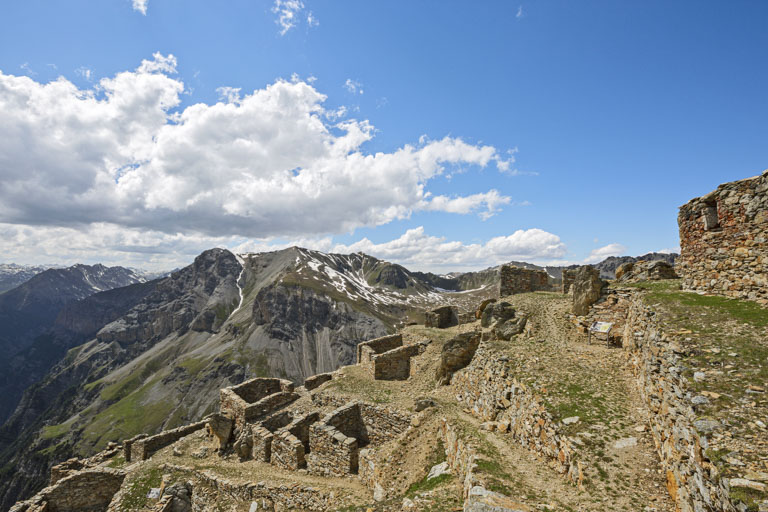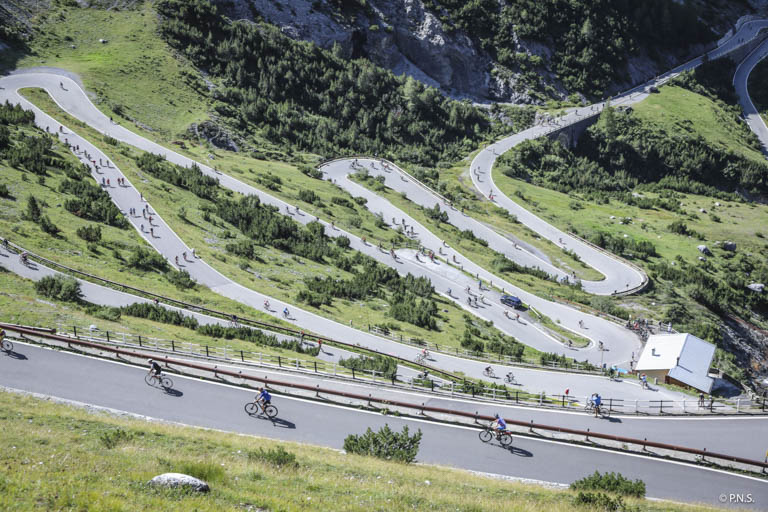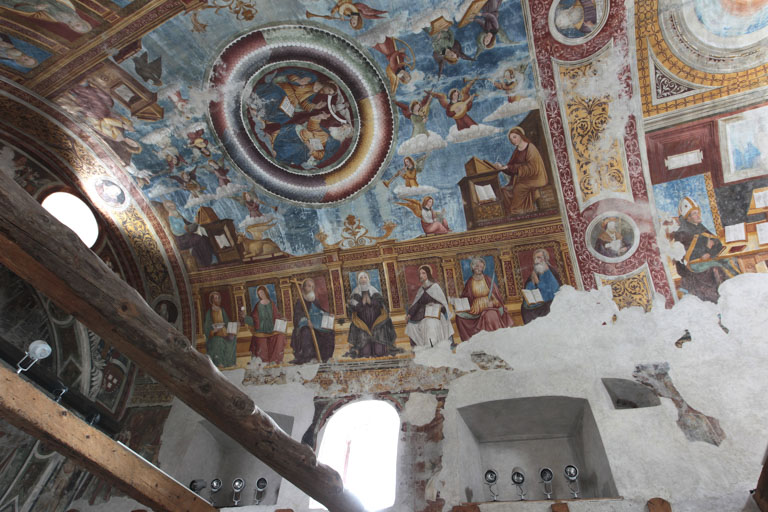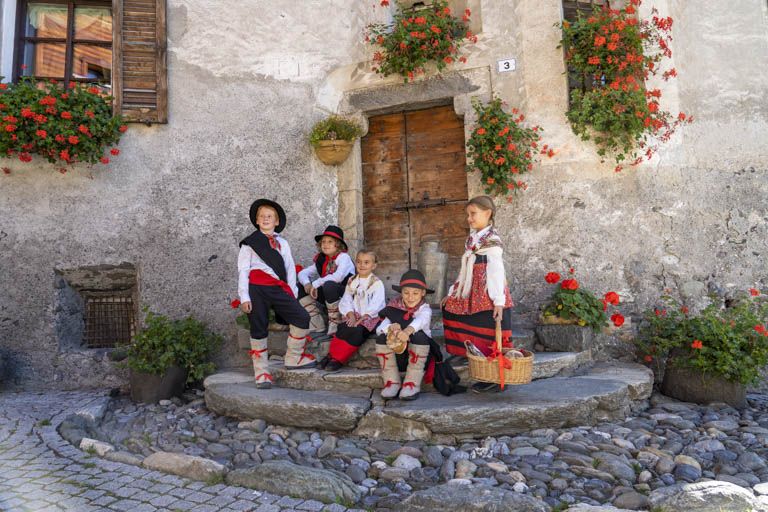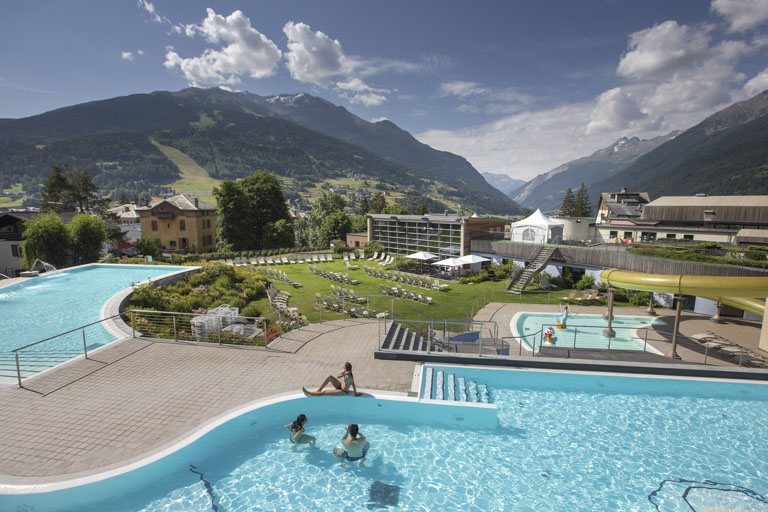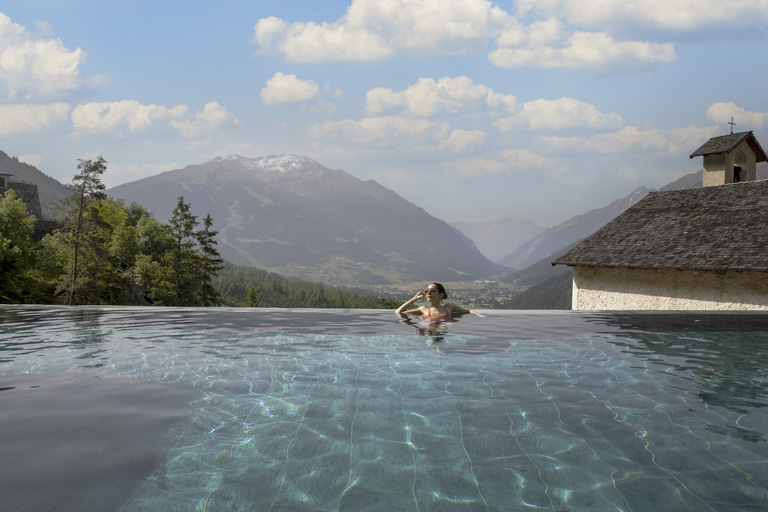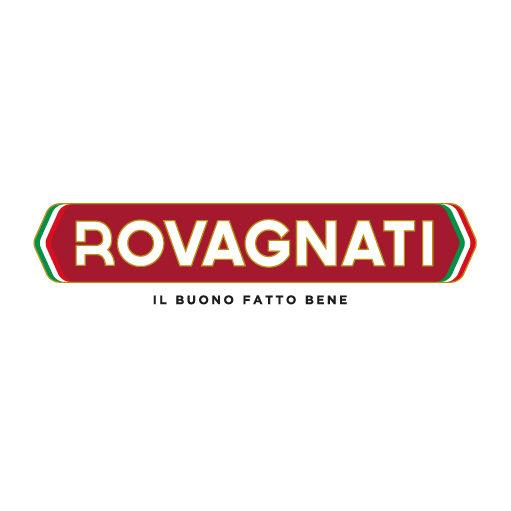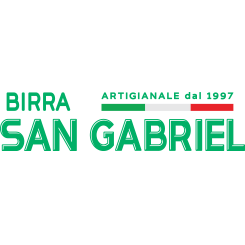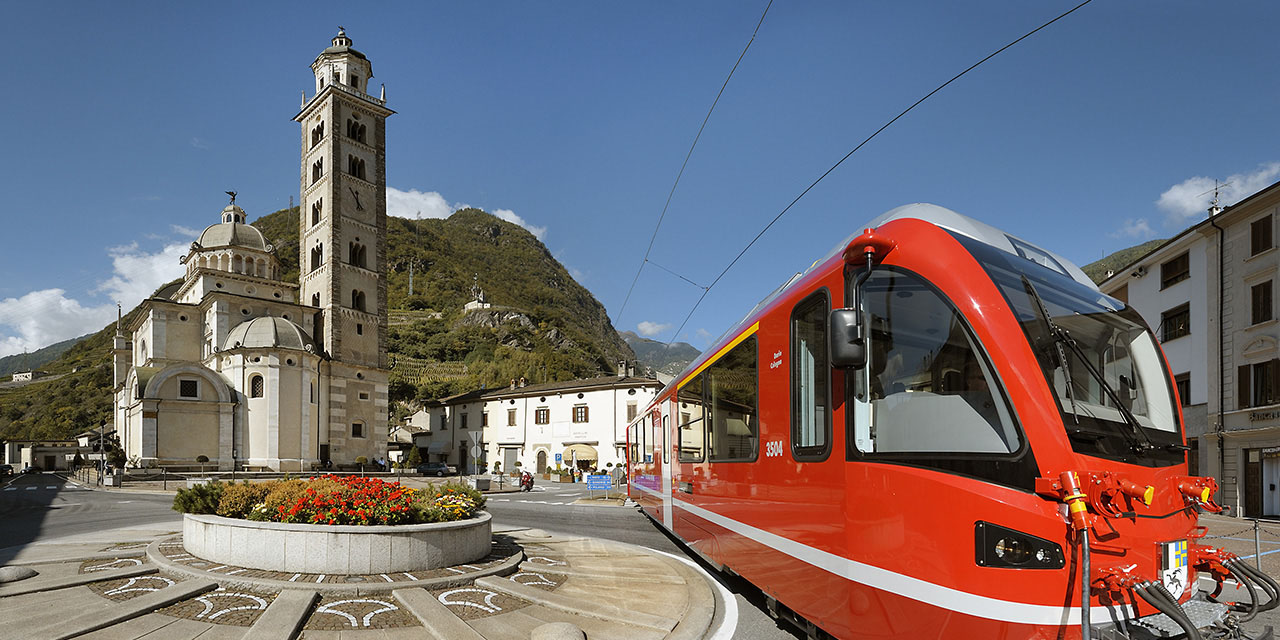
Tappa
14
Mercoledì 28
Maggio 2025
62,4 km
Dislivello 2100 mt
Livello Tecnico: Avanzato
Impegno Fisico: Elevato

Tirano -
Bormio
Tirano - Bormio
info turistiche
Città di:
Tirano
Overview
Located in the heart of the Alps on the Italian-Swiss border, Tirano has always been a natural melting pot of people and cultures, vendors and travellers. Here history meets nature, and art knowledge. This is why Tirano sticks in the minds and hearts of those who visit it, even if just for a day. In Tirano you will discover a prime example of the Renaissance in Valtellina – the imposing Sanctuary of the Madonna of Tirano. Strolling through the loggias and gardens of the noble buildings in the historical centre, you will reach Palazzo Salis where you will be able to admire its splendid frescoed rooms. Then, from gate to gate under fifteenth-century walls, you will be accompanied by Ludovico Sforza and Leonardo da Vinci. Tirano is the ideal starting point for walks and excursions (on foot on by bicycle) up the Mortirolo Pass or along the Adda in a stunning landscape of terraced vineyards and charming hamlets. A Slow City since 2008 and historically a wine town, Tirano is the point of arrival and departure of one of the most fascinating and admired UNESCO World heritage Sites: the Bernina Express.
Gastronomy
In Tirano what is classed as so-called “good and close” is an entirely natural experience. Taste after taste, producer after producer, the territory oers a triumph of flavours. Valtellina apples are worth trying and can be purchased from several small farms in the area, in addition to honey and preserves. Valtellina wines can be accompanied by bresaola and the famous pizzoccheri. However, Tirano’s finest dish has for centuries been its Chisciöi – buckwheat fritters made with stringy cheese. Before concluding the meal, sample some local cheese: make sure you taste Bitto DOP and Casera DOP.
Wine and beverage
Like Valtellina, Tirano is synonymous with characterful red wines. Some of Valtellina’s most famous wineries where one can sample and buy wines such as Sassella, Inferno, Grumello and Valgella – perfect representatives of the territory – lie between Tirano, Villa and Bianzone. Sforzato DOCG deserves a particular mention: a red wine with a superb concentration of flavour and aromas, it can stand proud alongside more renowned Piedmontese Barolo wines and after substantial ageing is sheer bliss.
Points of interest
The Renaissance-era Basilica Madonna in Tirano
Amongst Tirano’s bounty of architectural brilliance, the Basilica di Madonna di Tirano truly stands out: an age-old destination for believers from across Europe, it’s a reference point for the region’s past. In all its artistic grandeur, the sixteenth-century basilica represents one of the most monumental renaissance buildings in Valtellina. Inside it features a triple nave in the form of a Latin cross, plus a wealth of stuccoes, sculptures, and works of art. There’s also a grand organ featuring exquisite carvings, first begun in 1608 by Giuseppe Bulgarini from Brescia, and later completed by the Milan-based G.B. Salmoiraghi with the addition of three panels on the organ’s parapet.
The lavish Palazzo Salis
Sat in the heart of Tirano’s old town, Palazzo Salis is a spectacular property built between 1630 and 1690. For many centuries, this grand site was the official residence of the counts Sertoli Salis – the governors and Grison podestà of Valtellina – and it is, in fact, still owned by this noble family.
Back in the seventeenth and eighteenth centuries, the Salis’ ten grand rooms – all beautifully frescoed – were where all the major decisions for the valley were made, and now it is finally able to reclaim the same breath-taking splendour after a string of restorations. Attractive from the outside, its late-1500s façade is flanked by two towers with one central portal, done in a Baroque style and leaning on a design by the Italian architect ‘Il Vignola’.
The Bernina Express: a UNESCO World Heritage Site
In the heart of Tirano, just a few steps from the Basilica of Madonna di Tirano, the Bernina Express starts, not only a simple railway connection between Italy and Switzerland, but a real travel experience to discover unique landscapes, bre athtaking views of untouched nature, and fascinating places rich in history, culture and tradition. The engineering and architectural masterpiece from the beginning of the 20th century has been on the UNESCO World Heritage List together with the Albula line since 2008.
The Bernina Express runs all year round: in winter, amidst the beautiful snow-covered landscapes; in summer, with the possibility of using open convertible cars that allow travellers to “breathe in” the fresh and healthy air of the Alps; in spring, between flowering gardens and fields and some rare late snowfalls; in autumn, amidst panoramas with shades of bright orange, through yellow to red, almost like a painting.
Bormio
Overview
A jewel in the Italian Alps, Bormio is famed for its natural hot springs and world-class ski slopes. Visitors can enjoy thermal baths, charming historic streets, and breathtaking landscapes in the heart of the Stelvio National Park.
Gastronomy
Bormio is famous not only for its ski slopes and rejuvenating thermal baths but also for its rich culinary traditions. The authentic flavors of Valtellina are showcased here, offering a gastronomic journey deeply rooted in local rural culture. One of the most iconic dishes is Pizzoccheri Valtellinesi IGP, a signature dish of the region. These buckwheat flour tagliatelle are combined with cabbage, potatoes, Casera DOP cheese, and butter infused with garlic, creating a rich and comforting dish. The IGP certification ensures the authenticity of ingredients and traditional craftsmanship.
Another Valtellina delicacy is Bresaola IGP, a lean and flavorful cured beef, seasoned with mountain herbs and slowly aged. With its delicate taste and tender texture, bresaola is perfect as an appetizer, often served with a drizzle of extra virgin olive oil, lemon, and parmesan shavings. Among the cheeses, Bitto and Casera DOP stand out as symbols of the region’s ancient dairy tradition. Bitto, known as the king of local cheeses, is produced in high-altitude alpine pastures during the summer, using cow’s milk mixed with a small percentage of goat’s milk, which enhances its intense and complex flavor as it matures. Casera DOP, on the other hand, is a younger and milder cheese, widely used in the preparation of pizzoccheri.
Another local specialty is Sciatt, crispy buckwheat flour fritters filled with melted Casera DOP cheese, deep-fried to golden perfection and served on a bed of chicory or green salad for a delightful contrast of textures. Polenta Taragna, a hearty dish, is made with buckwheat and corn flour, enriched with butter and generous amounts of Casera cheese, offering a rich and bold taste that pairs perfectly with slow-cooked meats or game dishes.
To end on a sweet note, Bisciola is a traditional dessert made with wholemeal flour, dried fruits, and honey, a rustic version of panettone, best enjoyed with a glass of local sweet wine. Bormio’s cuisine is more than just food—it is a narrative of traditions, authentic flavors, and a deep passion for the land, capable of captivating even the most refined palates.
Wine and beverage
Valtellina’s winemaking is considered heroic, as vineyards thrive on steep terraced slopes, clinging to the rocky terrain. The extraordinary 2,500 km of dry-stone walls that support these terraces defy nature’s limits. The region produces bold and distinctive wines from Nebbiolo grapes, known locally as Chiavennasca. The most prestigious wines include Sforzato di Valtellina DOCG, the king of Valtellina wines, along with Inferno, Grumello, and Sassella, each named after specific vineyard zones.
Beneath Bormio’s historic center lie the ancient Braulio cellars, where the famous Braulio amaro ages in oak barrels. Created in 1875 by pharmacist Francesco Peloni, this herbal liqueur is crafted from 13 medicinal herbs and alpine plants. Its recipe remains a closely guarded family secret, passed down through generations.
Another notable digestif is Taneda, a unique alpine liqueur. Its name derives from the local dialect for Achillea Moscata (Iva herb), a plant that grows at altitudes above 2,000 meters, near glacial zones. Due to its rare and labor-intensive harvesting, only the flowers are used to produce this golden-hued liqueur, renowned for its distinctive and unmistakable aroma.
Points of interest
Bormio, located within Stelvio National Park at 1,225 meters above sea level, is one of the most fascinating tourist destinations in the Alps, offering an extraordinary range of activities year-round. In summer, cycling enthusiasts can challenge themselves on the legendary climbs of Stelvio, Mortirolo, Gavia, and the Cancano Lakes, all of which have made history in professional cycling. For mountain biking and e-biking, there are over 600 kilometers of trails suitable for all skill levels, surrounded by breathtaking alpine landscapes. Those who enjoy gravity sports can experience the thrill of downhill and freeride tracks at Bormio Bike Park and Santa Caterina Valfurva’s enduro trails.
Even in summer, skiing remains possible thanks to the Stelvio Pass glacier, where athletes and enthusiasts alike can enjoy skiing amidst the historical sites of World War I battlefields.
During winter, Bormio transforms into a winter sports paradise, boasting 145 kilometers of slopes for alpine skiing, cross-country skiing, and snowboarding. With the “3 Ski Areas – 1 Unique Pass” ticket, visitors can access Bormio, Santa Caterina Valfurva, and Cima Piazzi-San Colombano, each offering distinct experiences—from Bormio’s thrilling descents with the largest skiable vertical drop in Italy, to the pristine slopes of Stelvio National Park, and the family-friendly tracks of Cima Piazzi-San Colombano.
Bormio’s signature slopes include the Stelvio, an official World Cup venue and future host of the Milan-Cortina 2026 Winter Olympics, and the Deborah Compagnoni slope in Santa Caterina Valfurva, designed for the 2005 World Championships. For those who prefer off-piste adventures, Bormio offers numerous ski mountaineering, snowshoeing, and hiking trails.
Beyond sports, Bormio is synonymous with well-being. Dubbed “The Wellness Mountain,” the town is home to three renowned thermal spas: QC Terme Bagni Vecchi, Bagni Nuovi, and Bormio Terme, offering over 70 thermal treatments in scenic pools available year-round.
To complete the experience, Bormio’s historic center enchants visitors with its medieval churches, noble palaces, museums, and the central Piazza del Kuerc, a landmark that reflects the 700-year history of this once-independent alpine republic.


